Edith Wharton’s The Mount
by habituallychic
08 . 18 . 20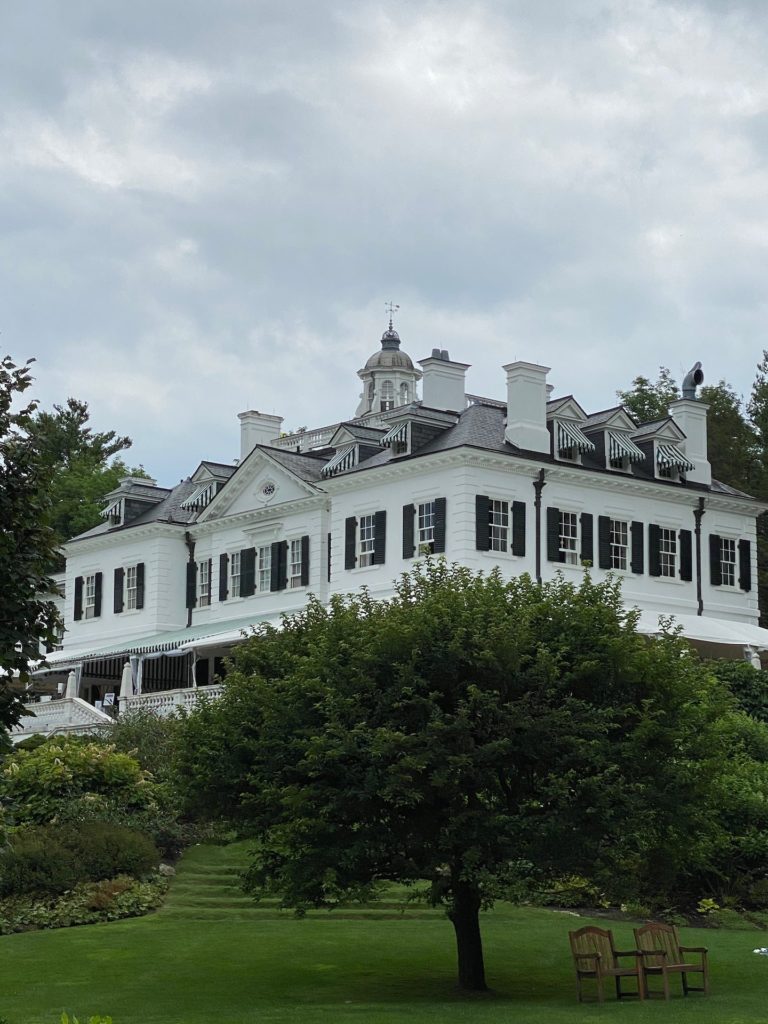
When I knew I was going to the Berkshires, the first place on my list to visit was The Mount, the country home of novelist Edith Wharton from 1902 to 1911.
Edith Wharton was born into one of the most wealthy and socially prominent families in New York and she would later draw upon her insider knowledge of the upper class New York “aristocracy” and her travels to Europe to realistically portray the lives and morals of the Gilded Age in her novels.
In 1885, Wharton married Edward “Teddy” Robbins Wharton, who was a sportsman and a gentleman of the same social class and moved to Newport. They would later buy Land’s End in Newport which Wharton decorated with the help of designer Ogden Codman Jr. She said of him, “Codman shared my dislike of these sumptuary excesses, and thought as I did that interior decoration should be simple and architectural.” After their renovations to Land’s End, she and Codman would go on to co-author her first book, The Decoration of Houses. While the Whartons also had a home on Park Avenue in New York, they traveled abroad for much of 1886 and 1897, mostly to Italy, but also to Paris and England.
From the late 1880s until 1902, Teddy Wharton suffered from depression, and the couple ceased their extensive travel. Edith is said to have hated Newport and took the opportunity to buy land in the Berkshires to build a house where she thought the air would be better suited for them.
The Mount’s main house was inspired by the 17th-century Belton House in England, with additional influences from classical Italian and French architecture. Edith Wharton used the principles described in her first book, The Decoration of Houses, when she designed the house. Ogden Codman, Jr., her co-author, assisted with the architectural designs along with Francis L.V. Hoppin. Edith Wharton thought that good architectural expression included order, scale, and harmony. The entry side of the house is three stories while on the garden side, it is two stories with an opening out to a large, raised, stone terrace overlooking the grounds. The house exterior is a striking white stucco, strongly set off by dark green shutters, and rises from a quasi-rustic foundation of coarse field stone. Clusters of gables and white chimneys rise from the roof, which is capped with a balustrade and cupola. This main house is augmented by Georgian Revival gatehouse and stable, and a beautifully restored Lord and Burnham Greenhouse.
You see the influence of Europe on the gardens with their gravel promenade of pleached linden trees, known as a Lime Walk, which connects the Italian Garden to the more formal French Flower Garden. “Gardens, as Wharton elaborated in Italian Villas and Their Gardens, should be architectural compositions just like houses. She envisioned her gardens as an elegant series of outdoor rooms, in harmony with the house and the surrounding natural landscape.” Wharton’s niece, Beatrix Jones Farrand, was just starting her illustrious career as a garden designer when Edith Wharton created The Mount’s gardens and contributed drawings of an extensive kitchen garden. I happened to catch a documentary on PBS about Beatrix Jones Farrand who was considered America’s first female landscape architect, and can’t wait to watch again now that I know she was Edith Wharton’s niece and worked on The Mount.
After the Whartons left, the house was a private residence, a girls’ dormitory for the Foxhollow School, and site of the theatre company Shakespeare & Company. It was then bought by Edith Wharton Restoration, which has restored much of the property to its original condition and oversees the running of the property.
If you visit the Berkshires this summer, make sure you leave plenty of time to visit The Mount. We missed out on the stables and bookstore because they closed and I’m still upset about it but I guess I’ll just have to plan another trip.

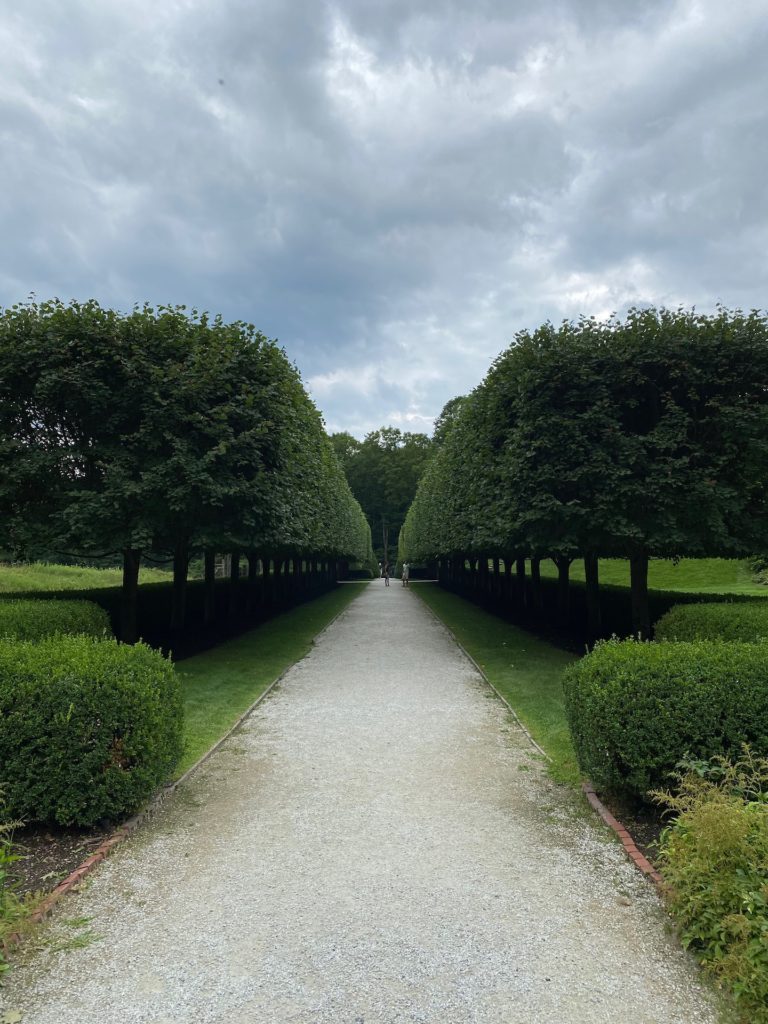

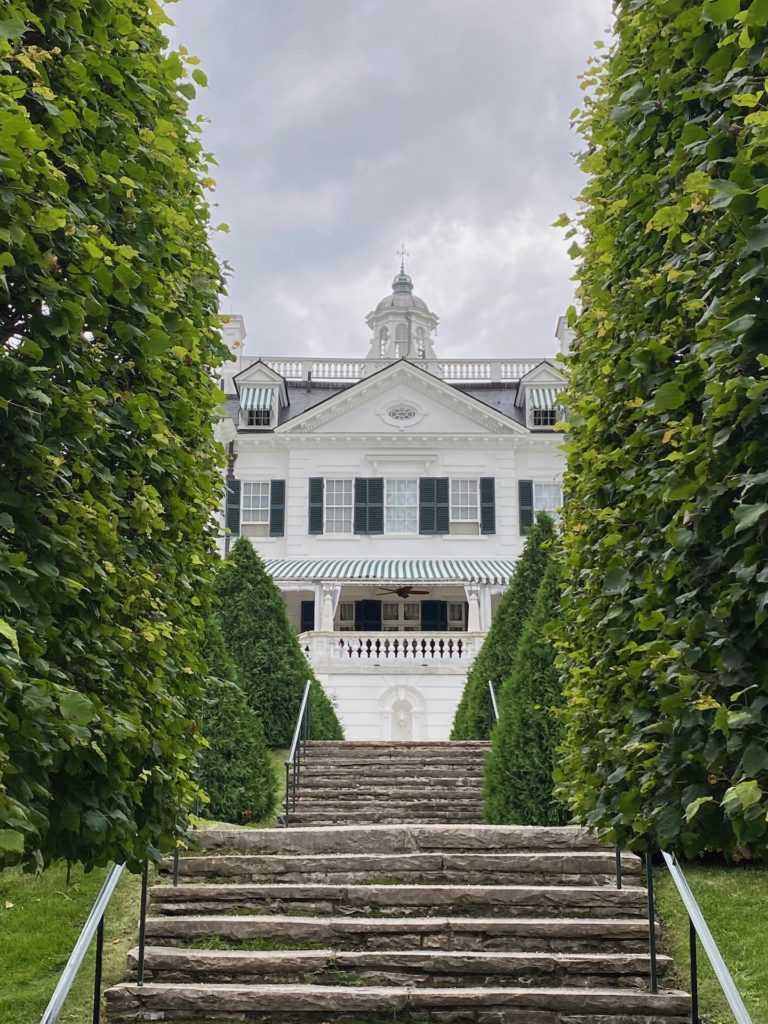

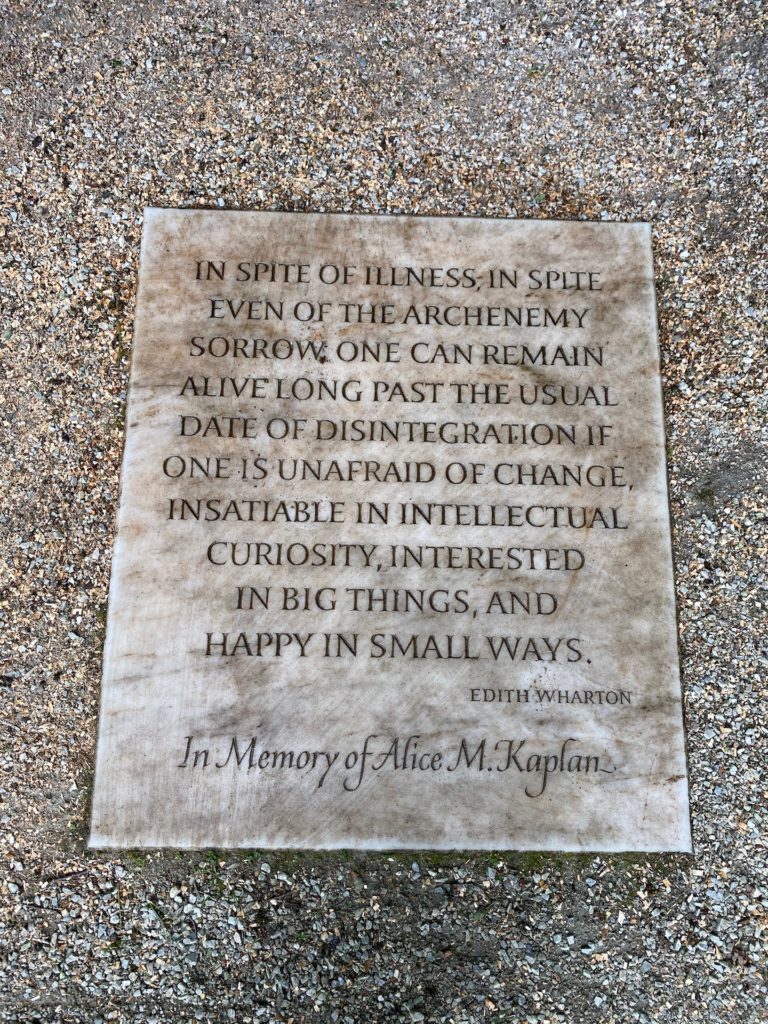

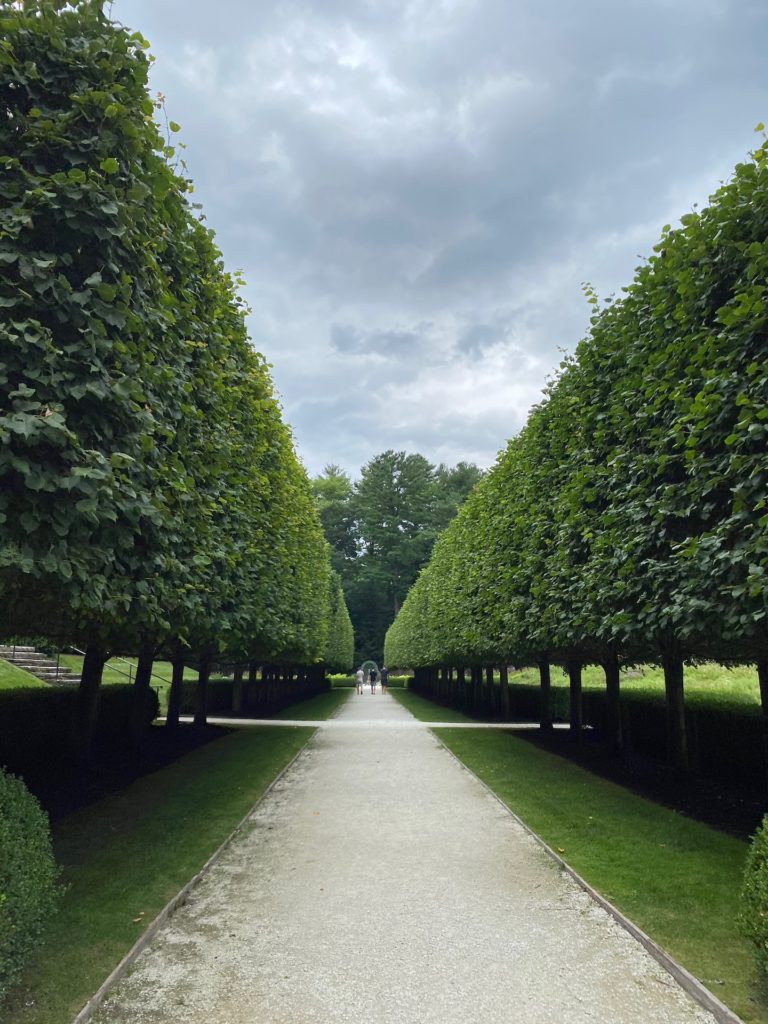
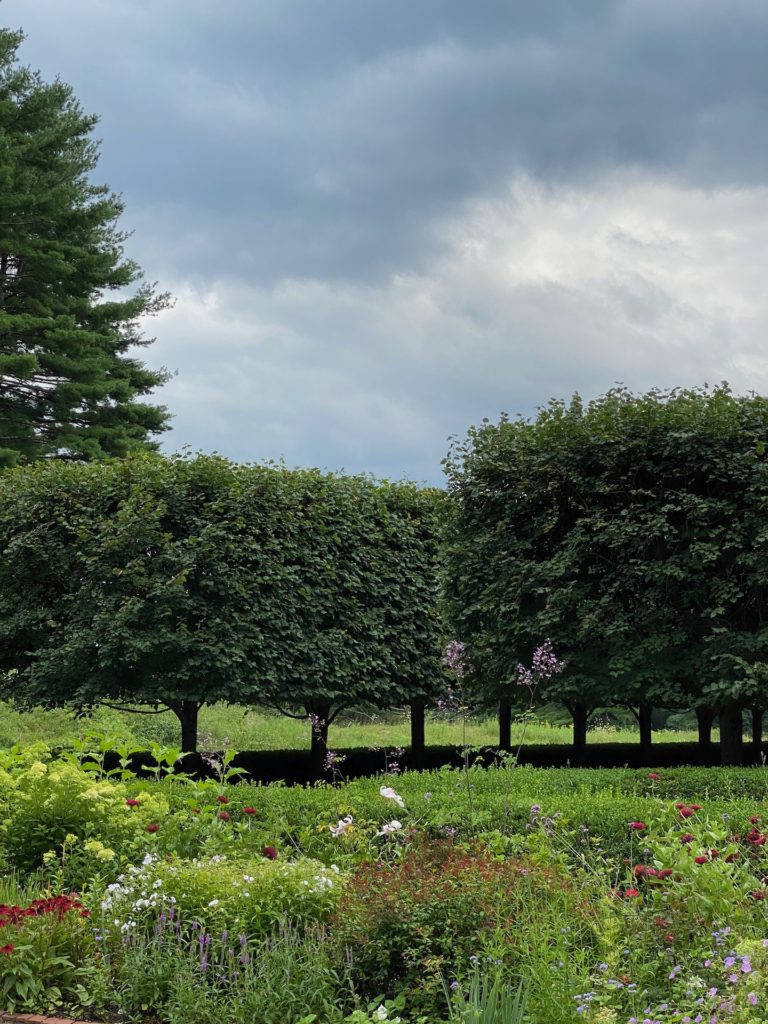
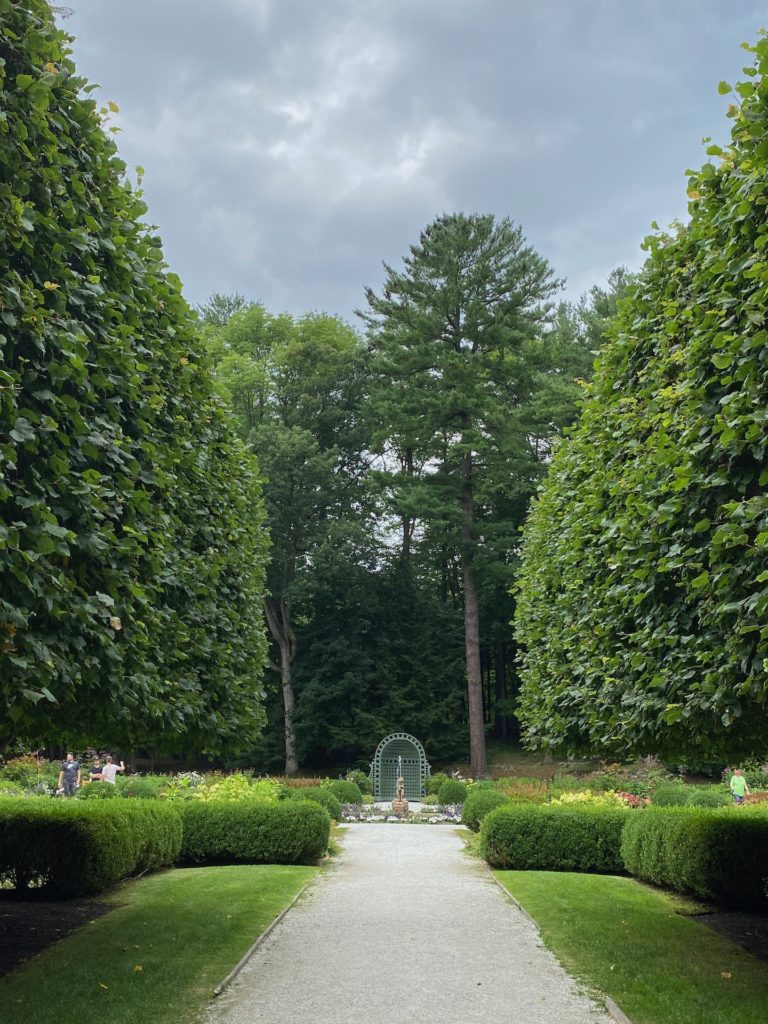
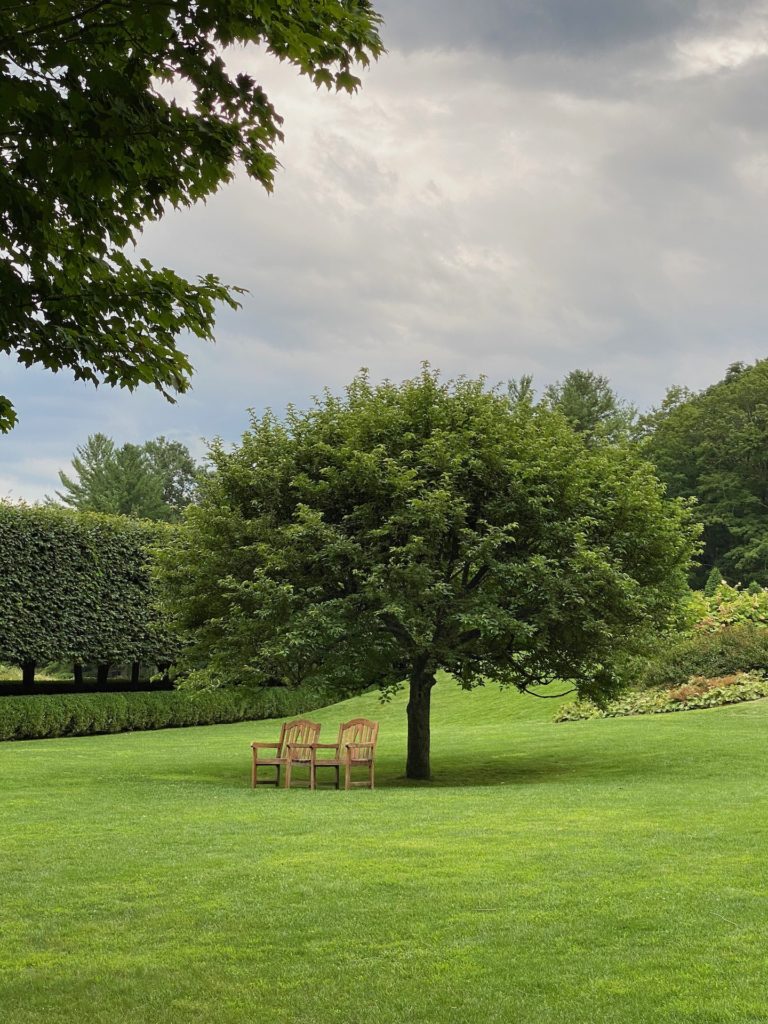
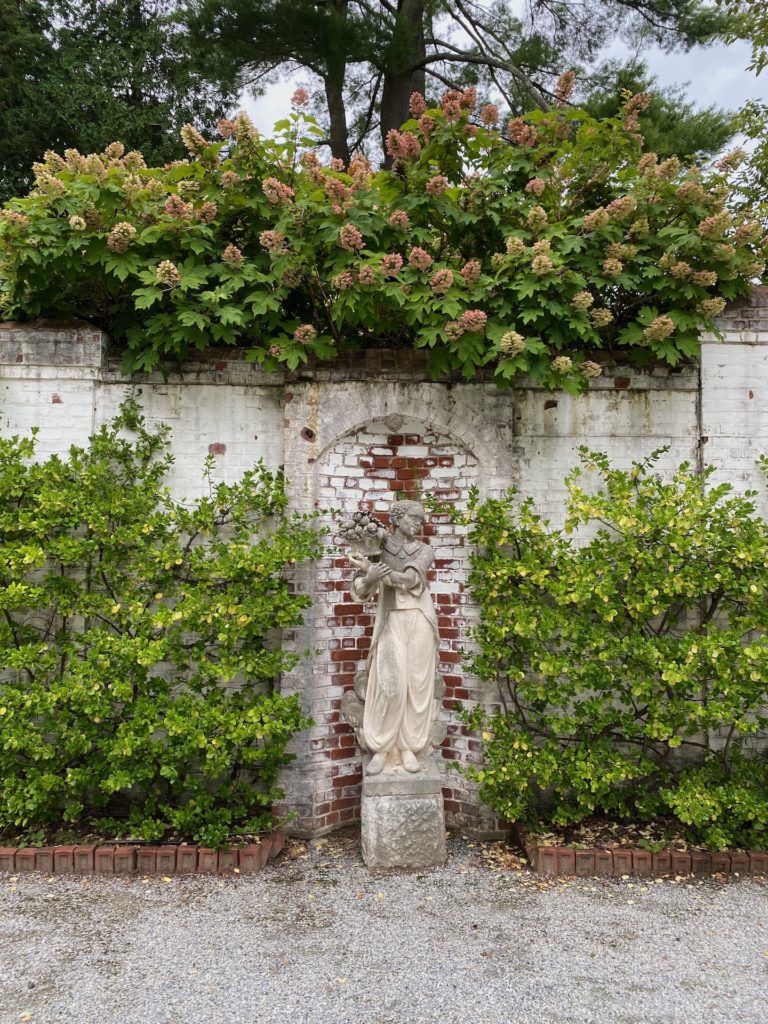
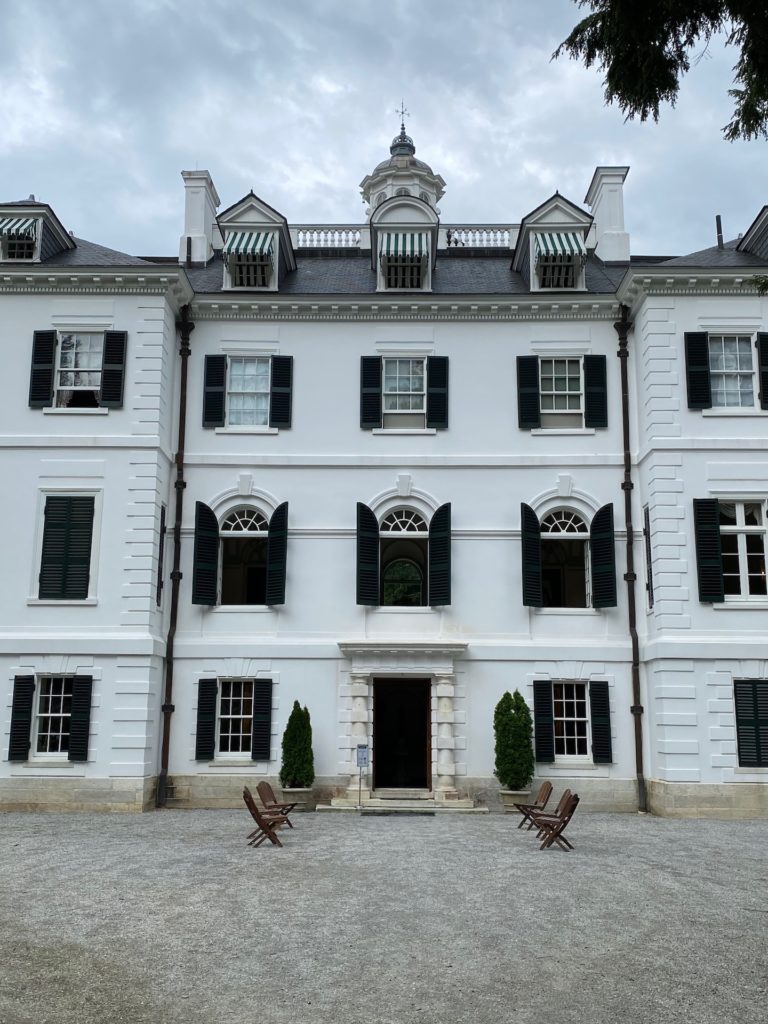
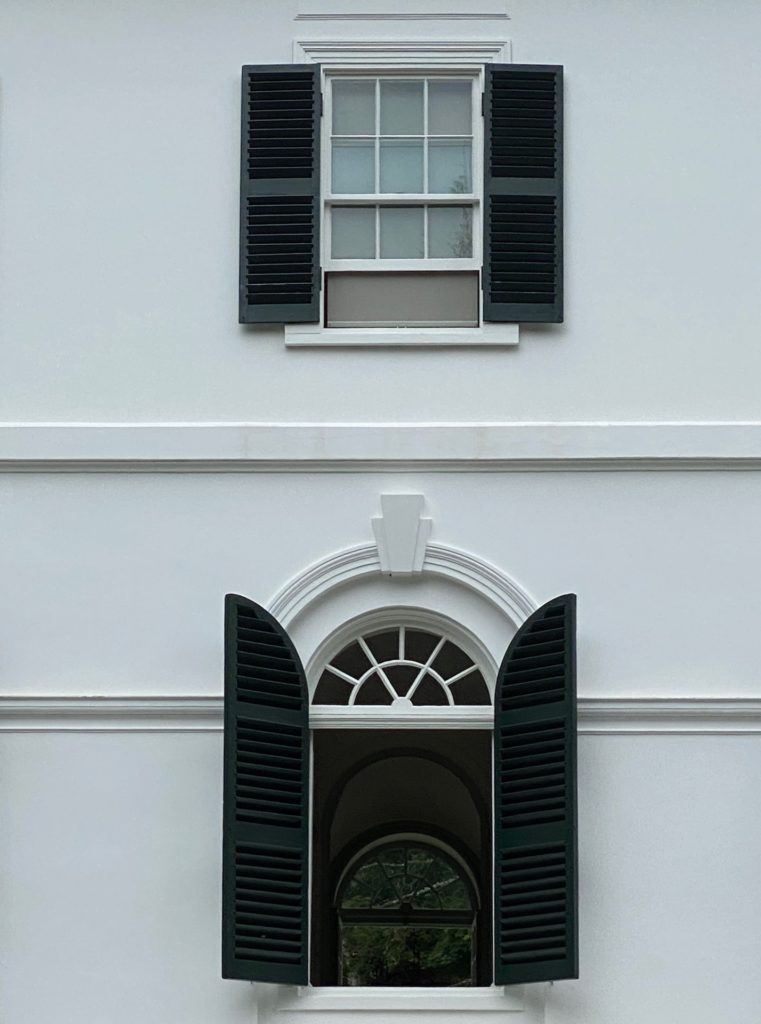
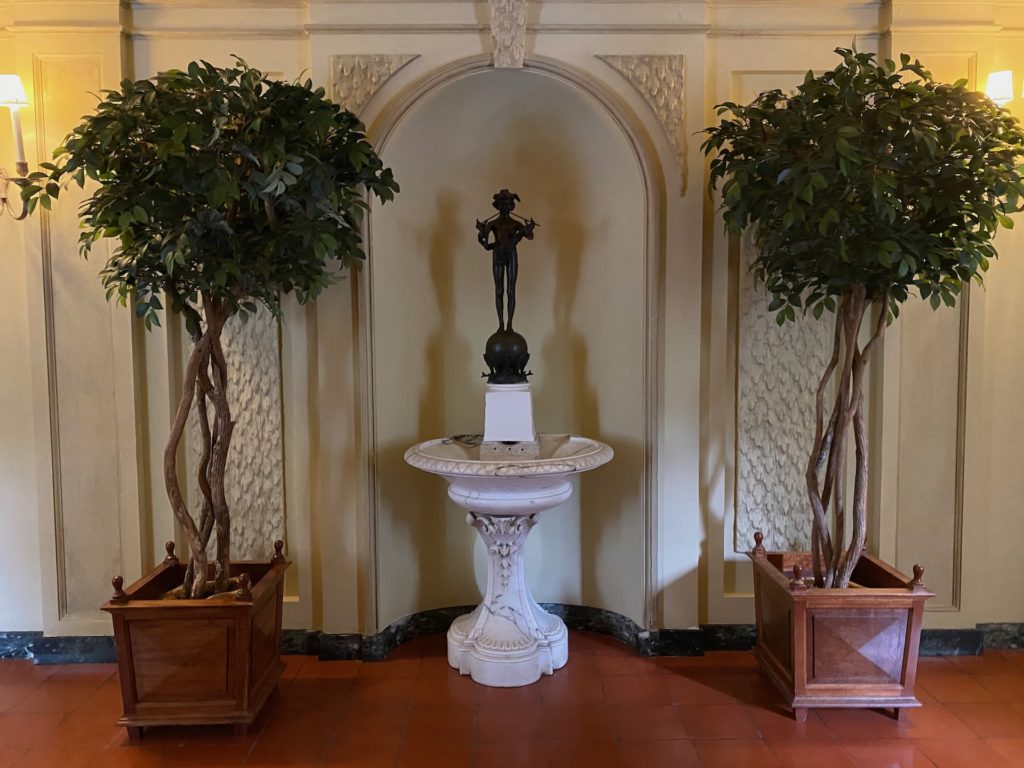
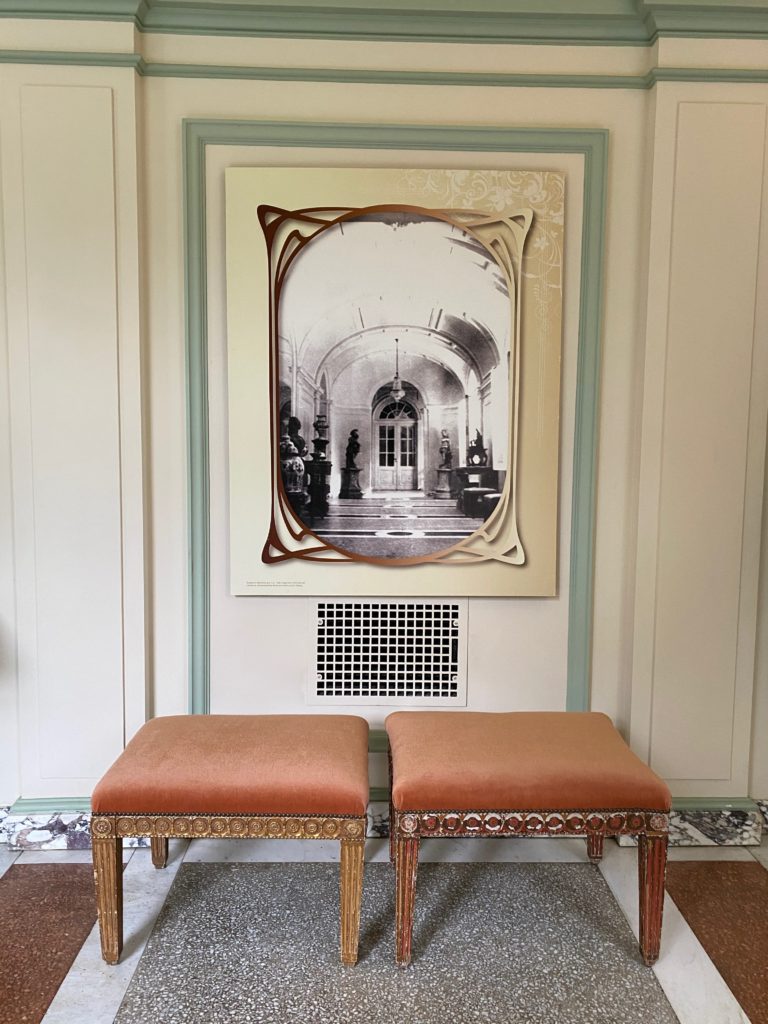
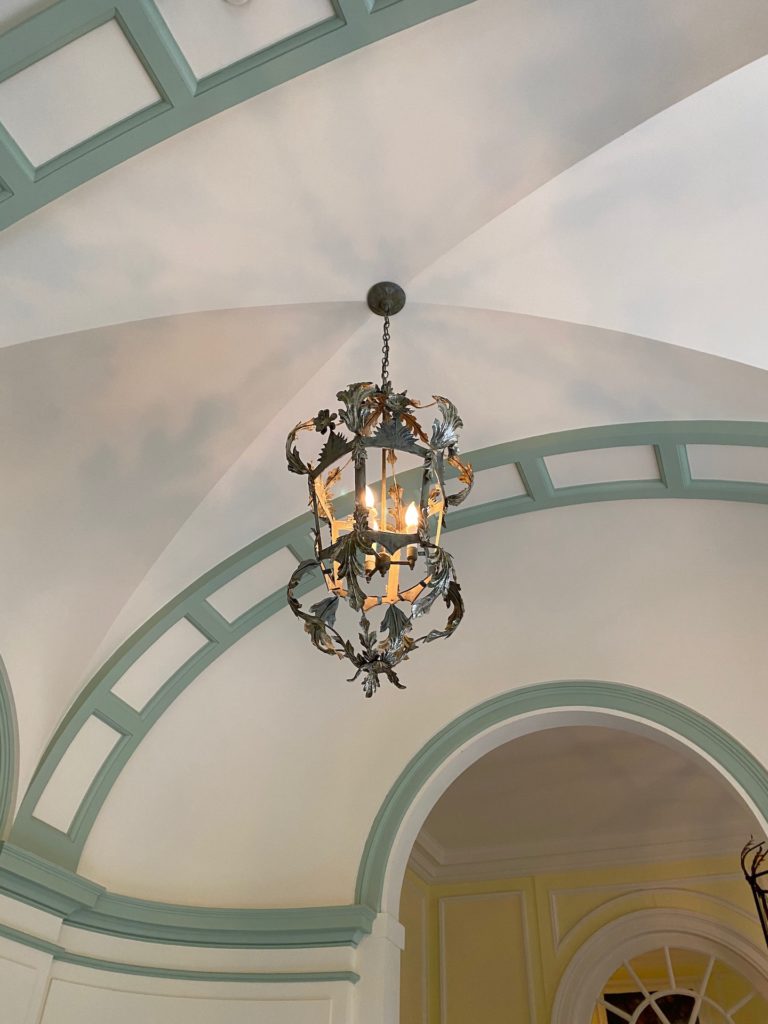
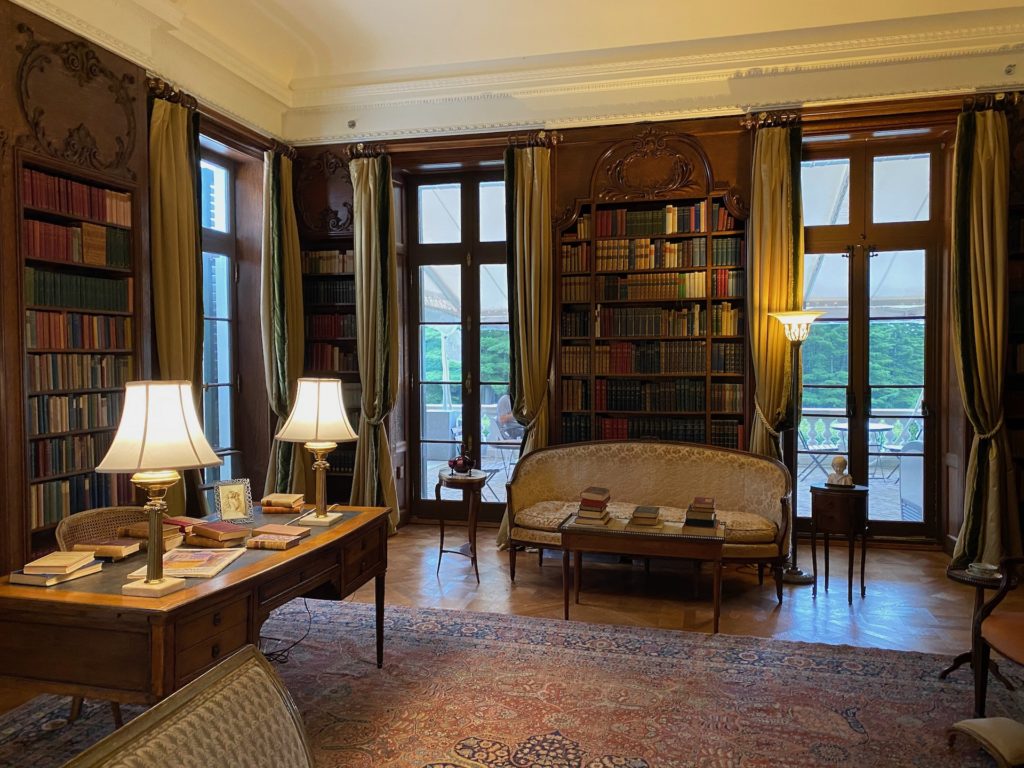
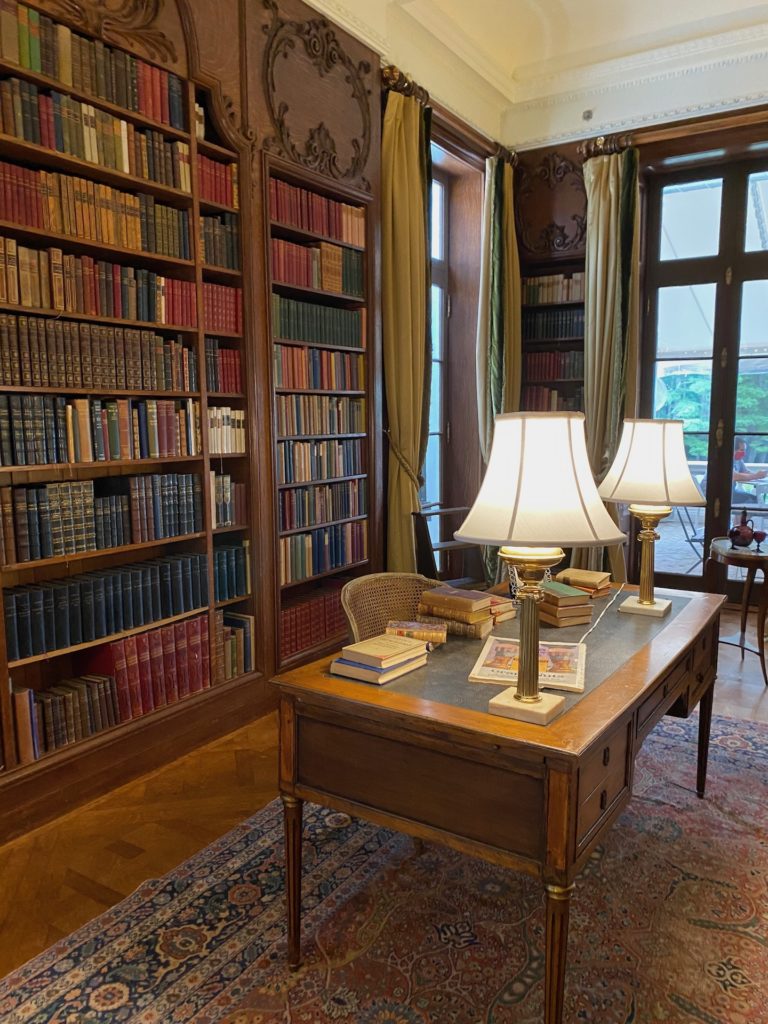

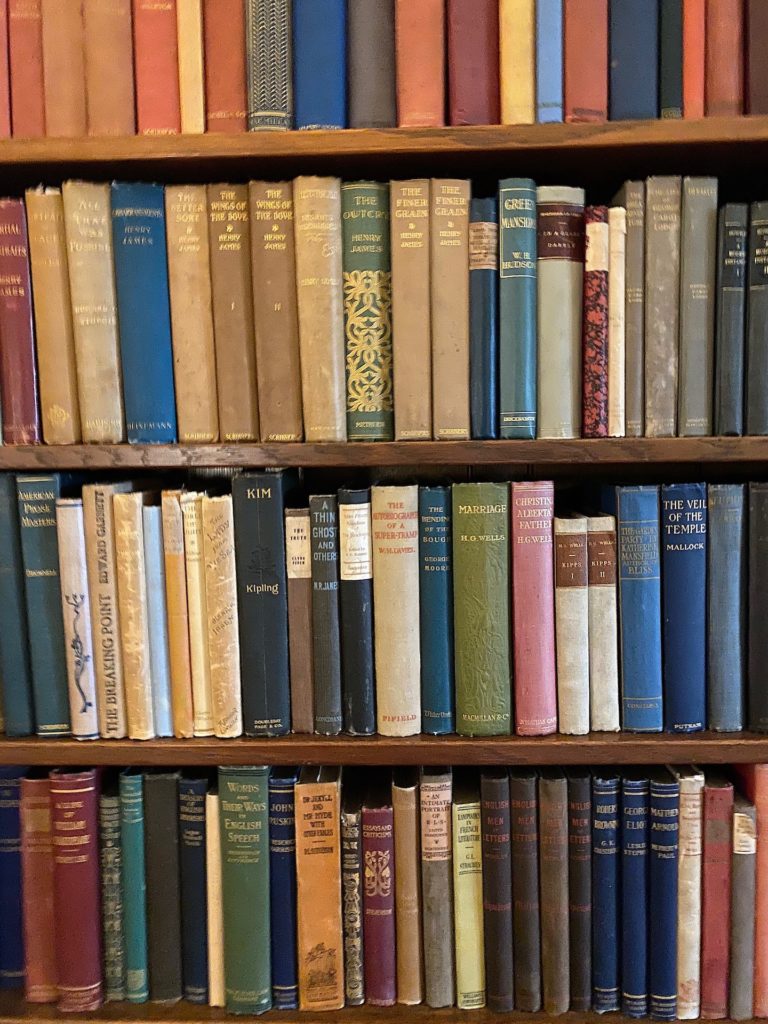

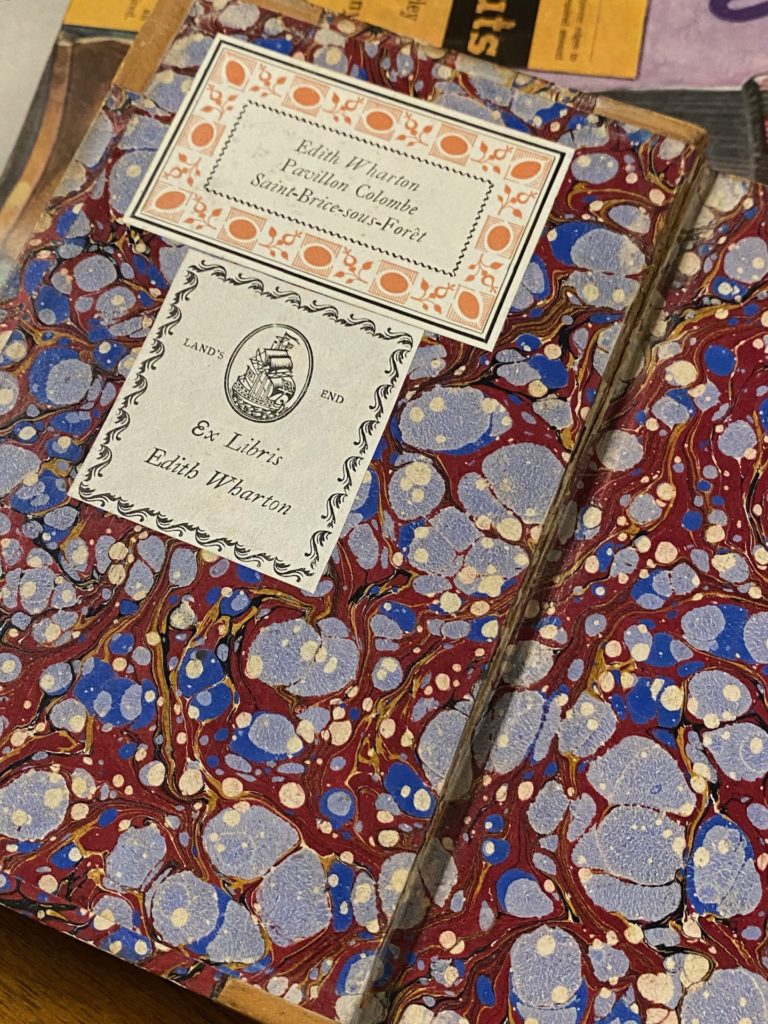
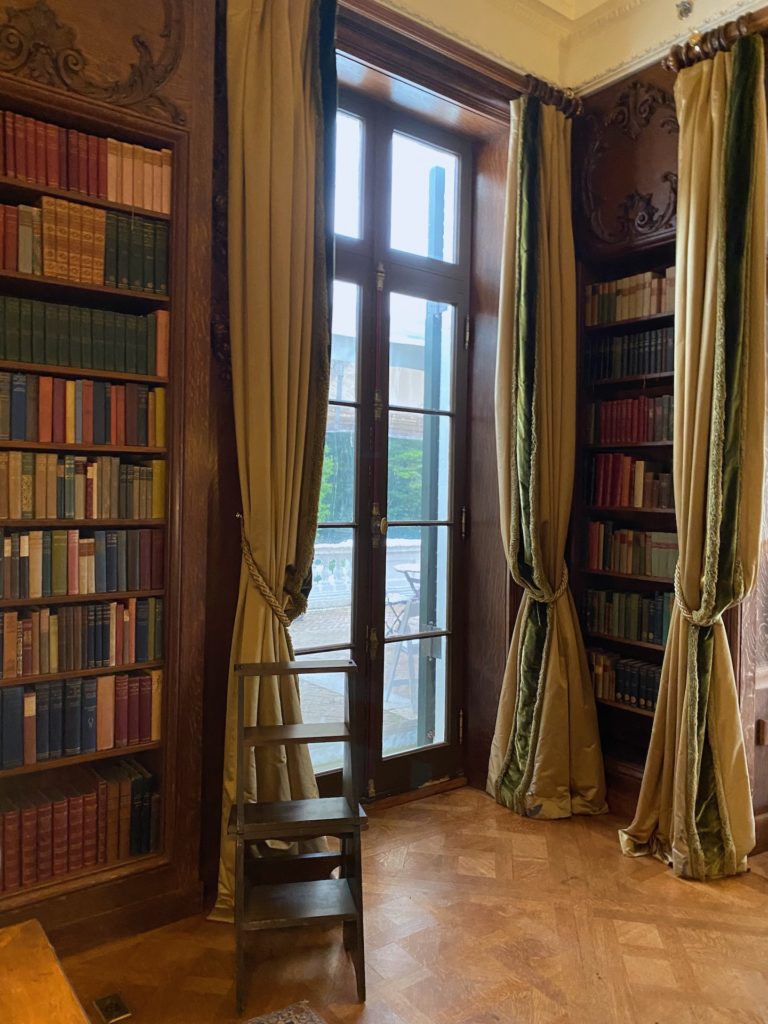

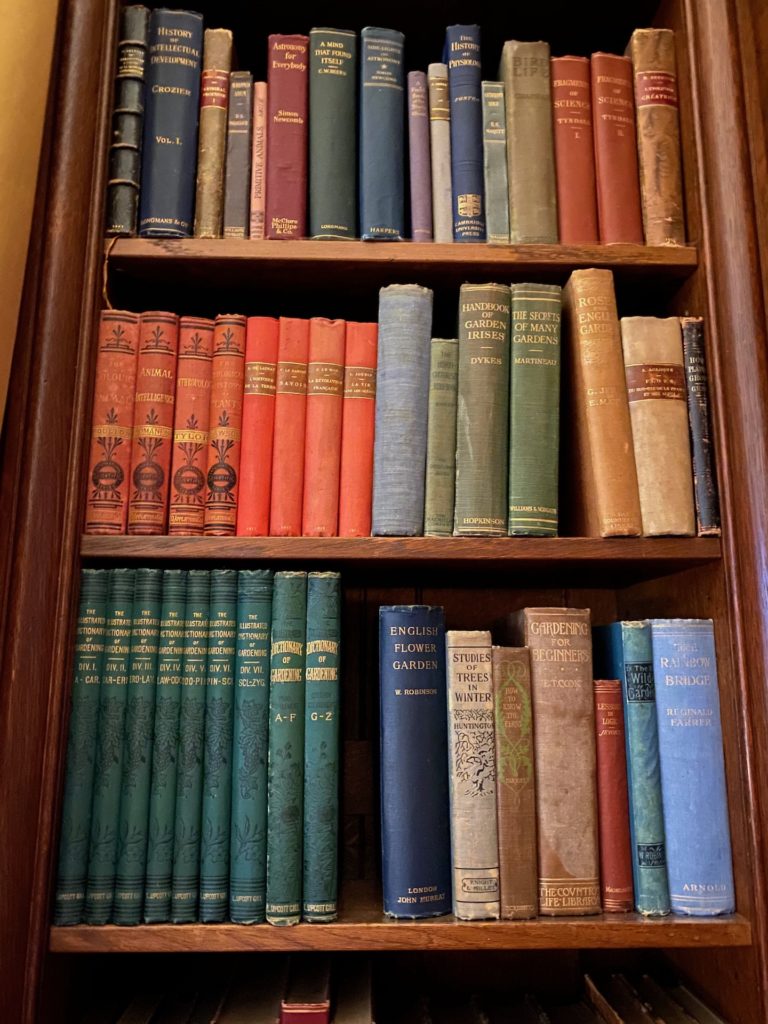
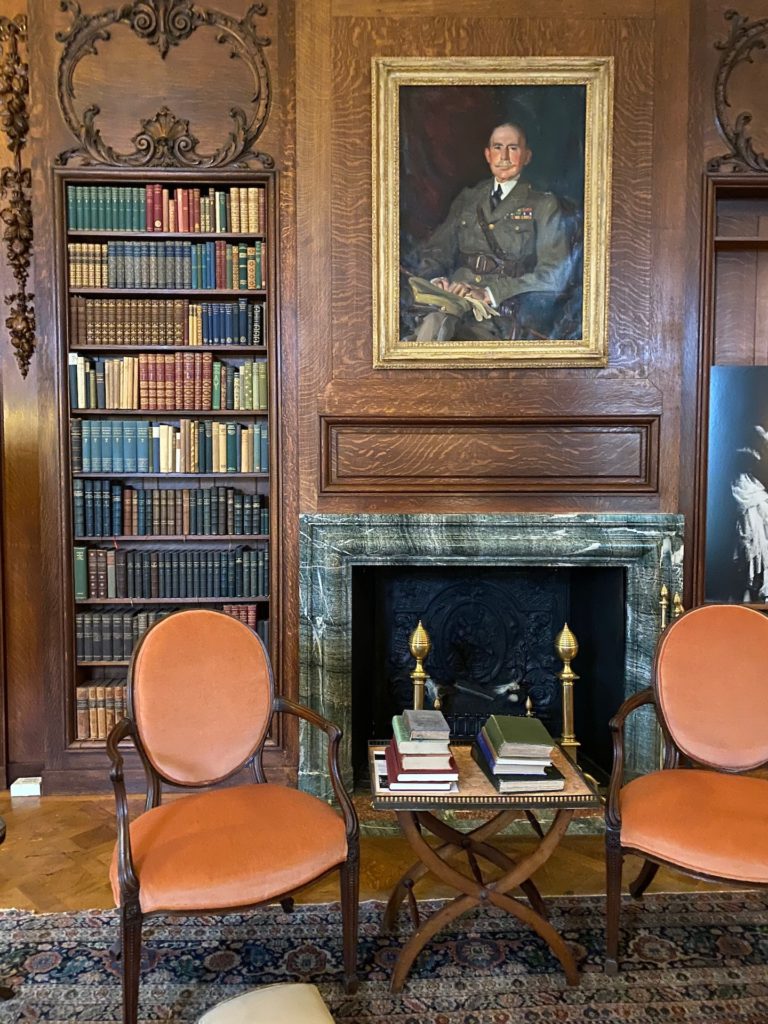
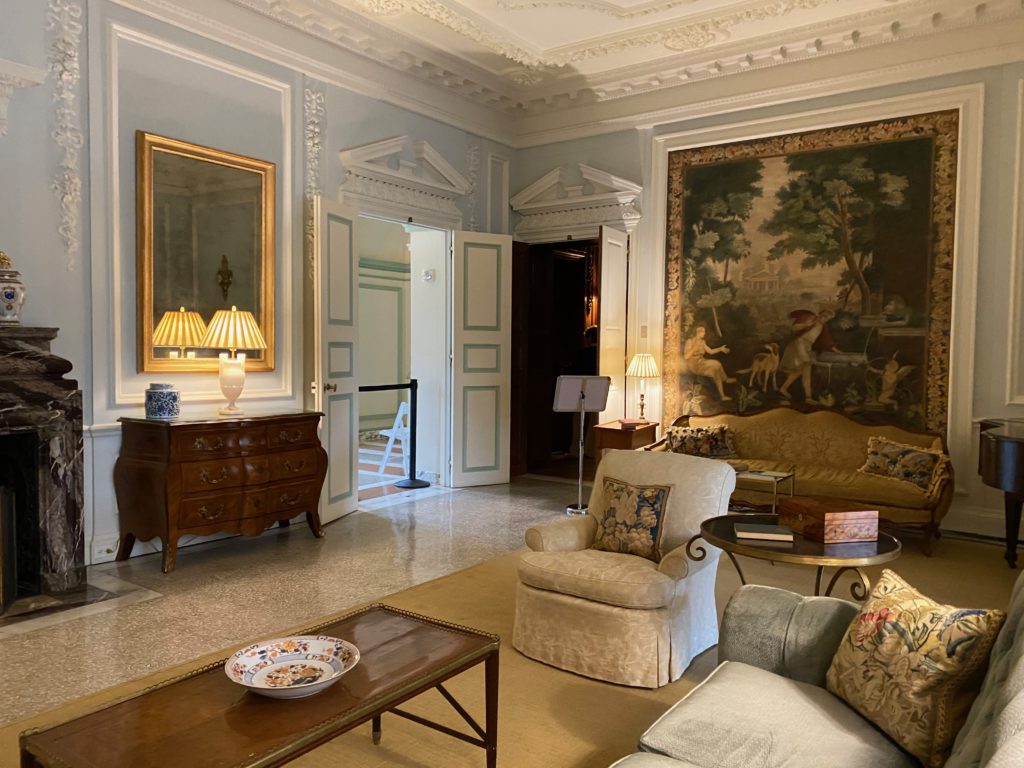
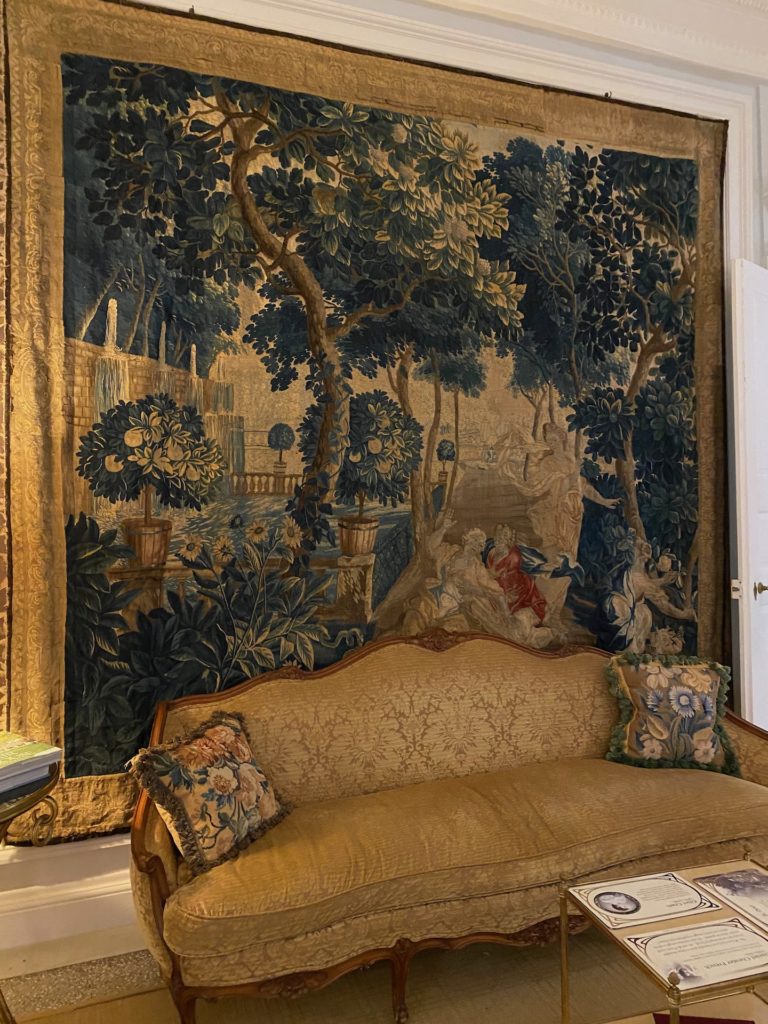
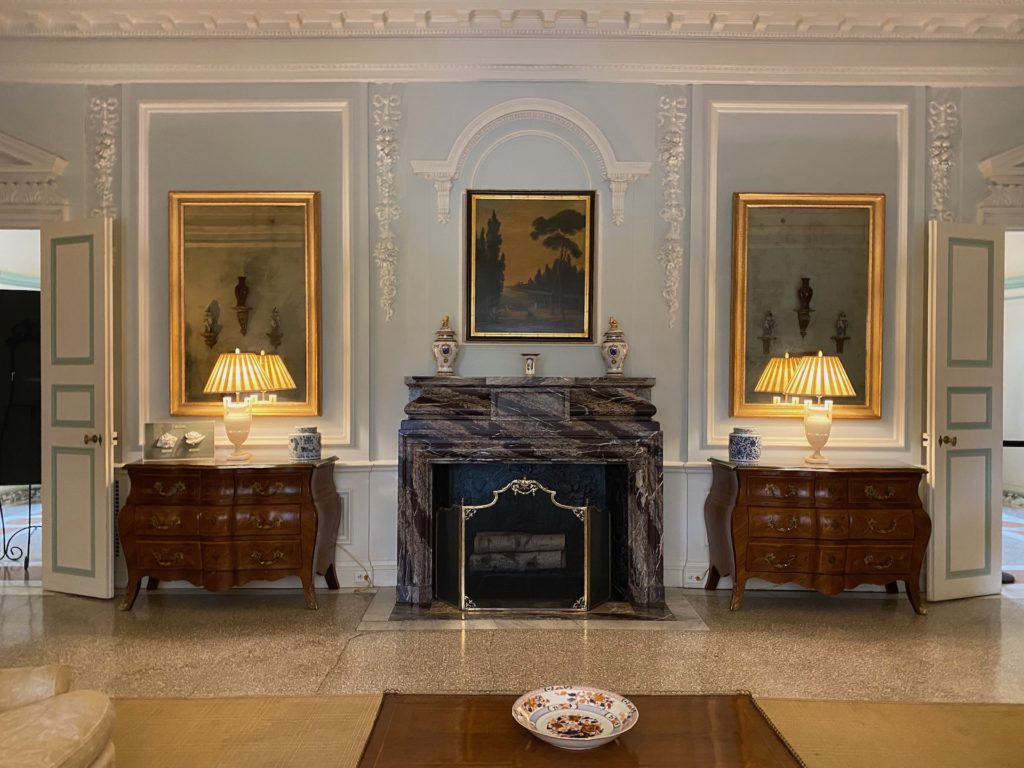
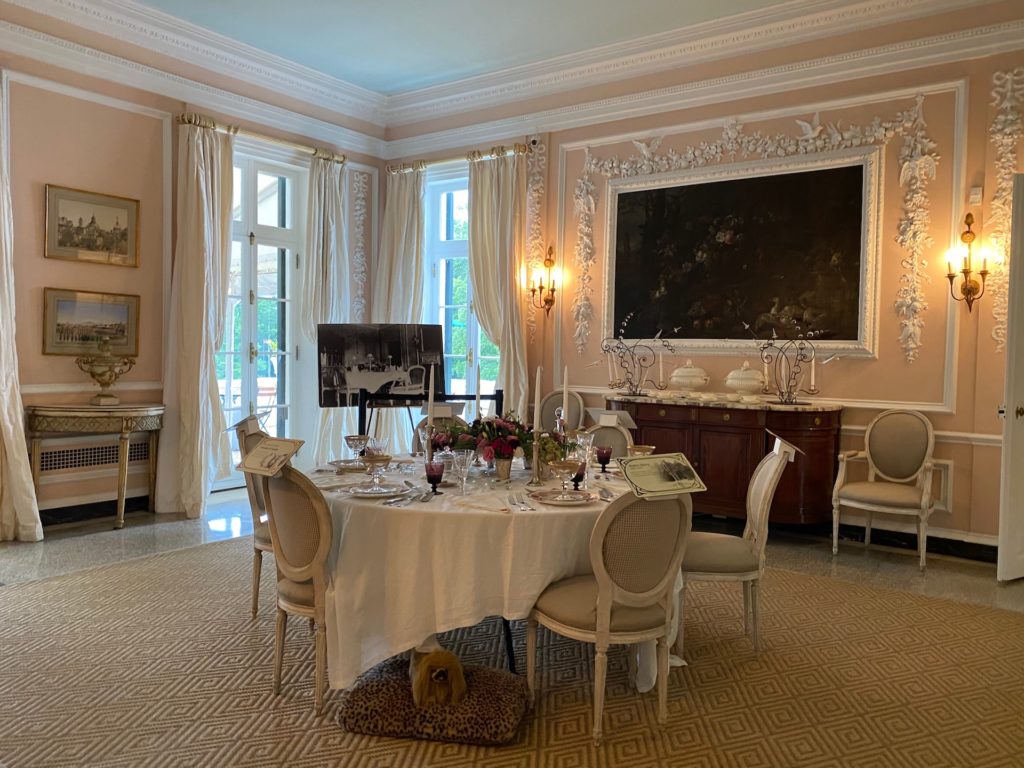

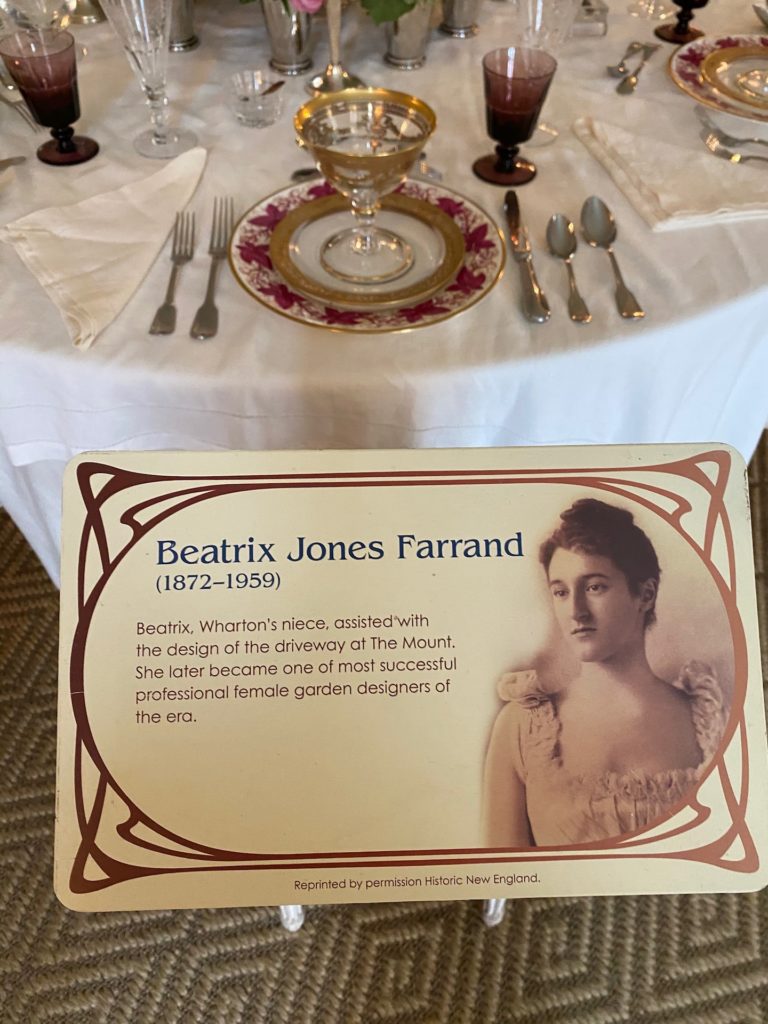
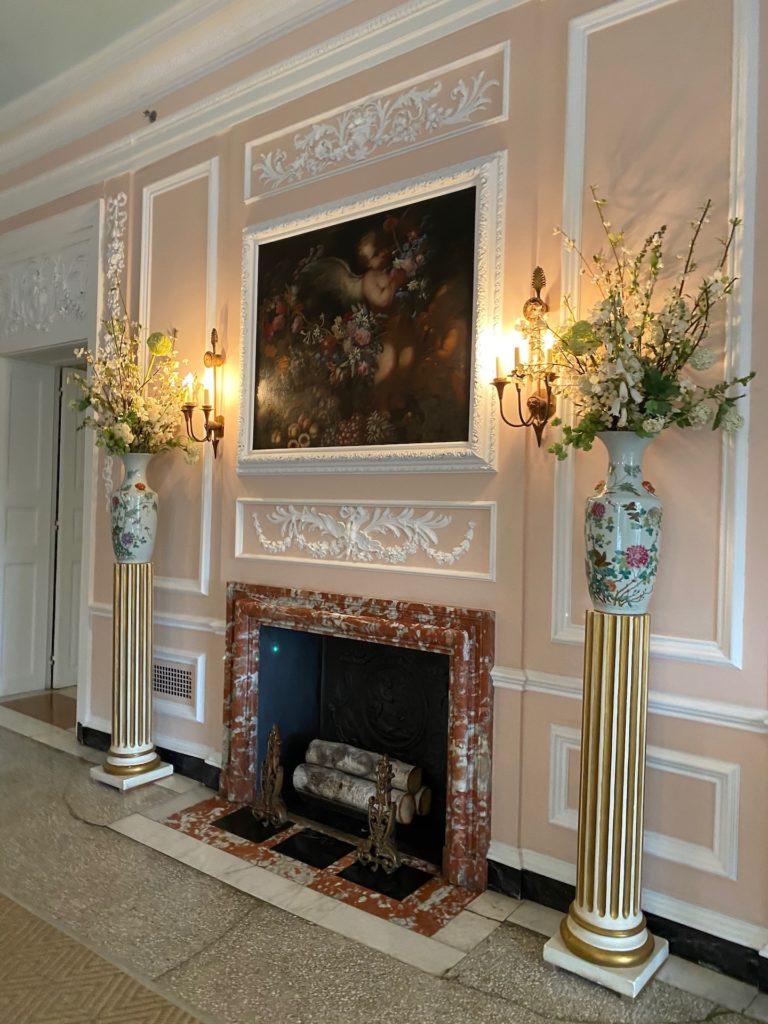
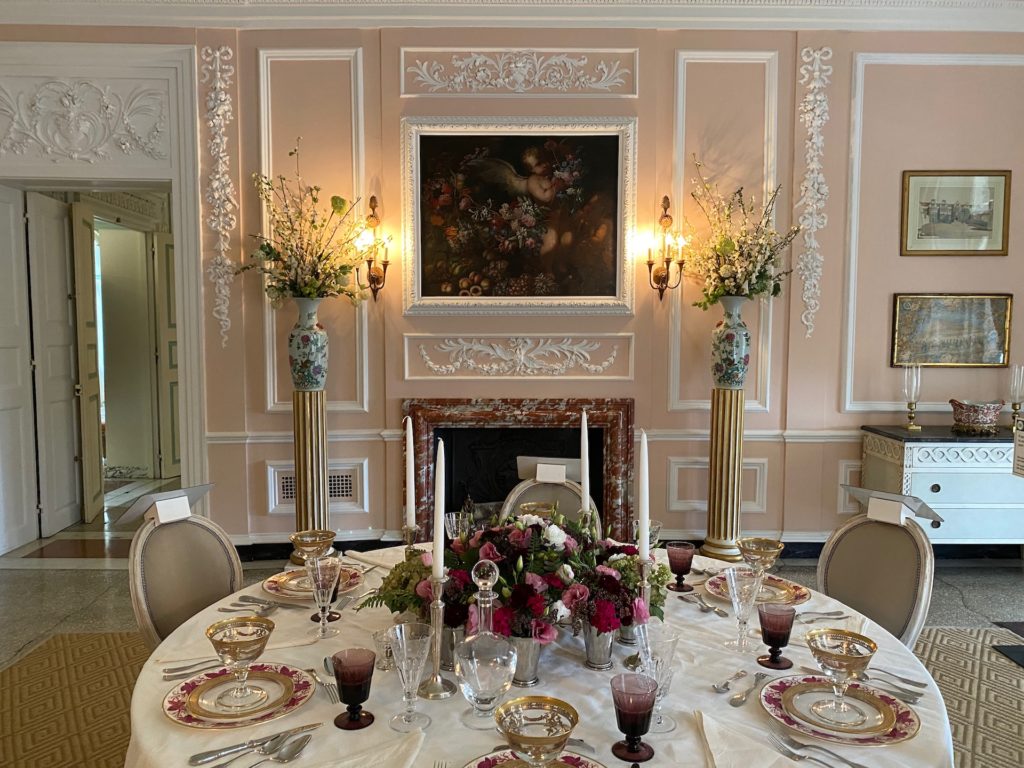

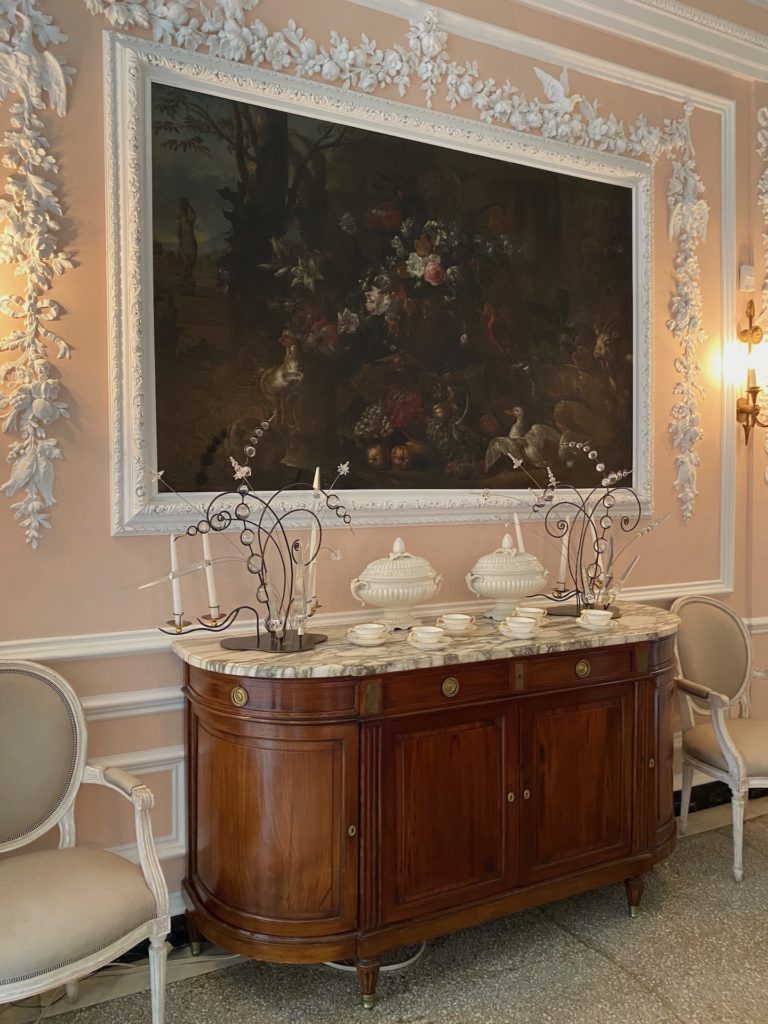
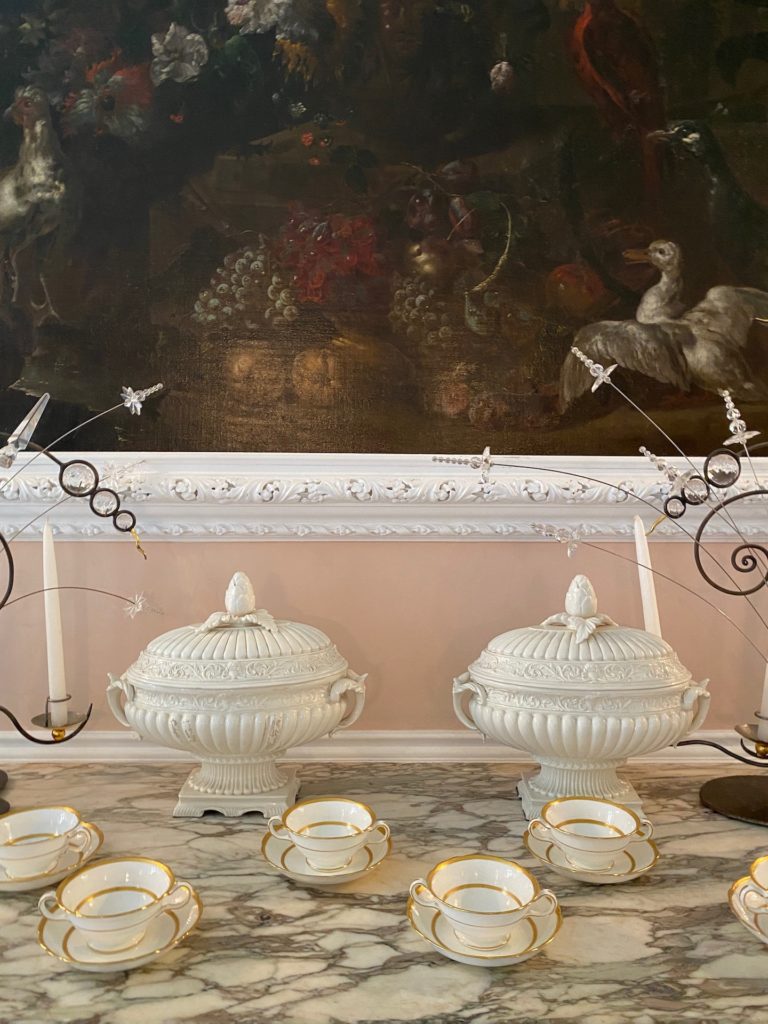
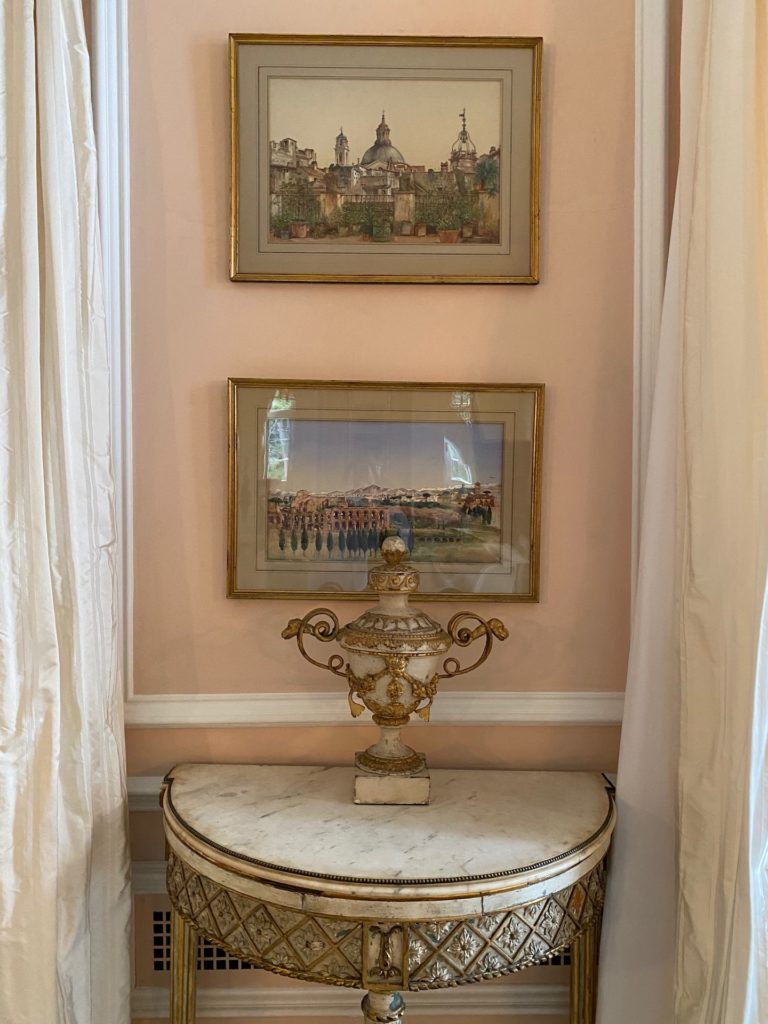
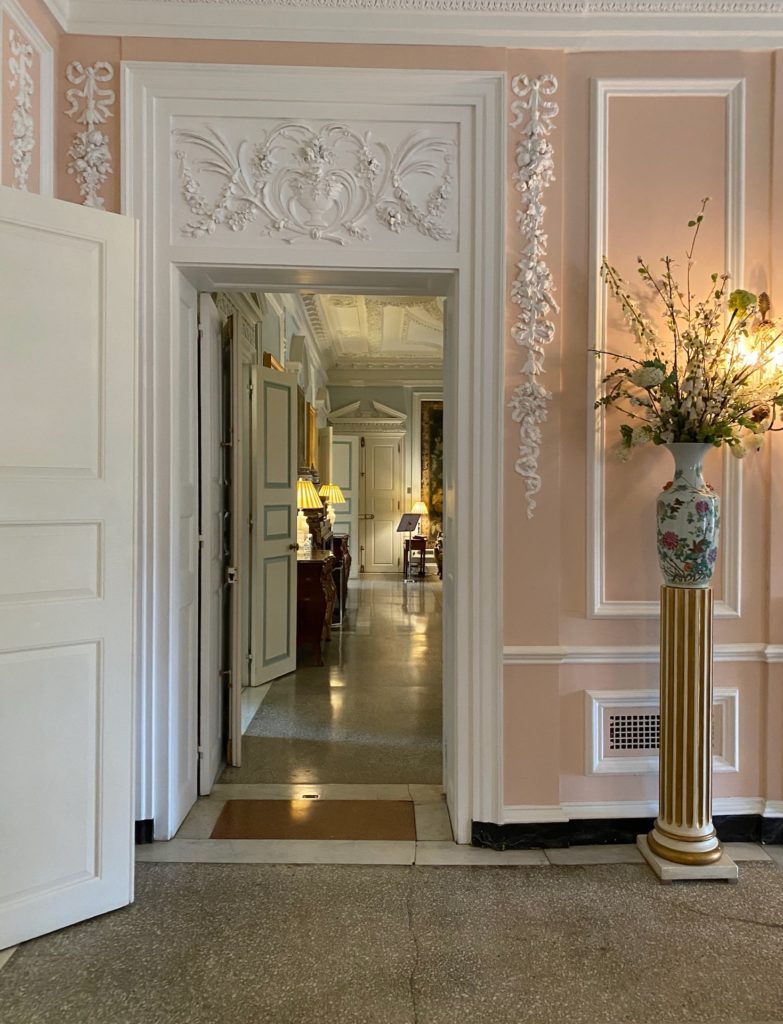
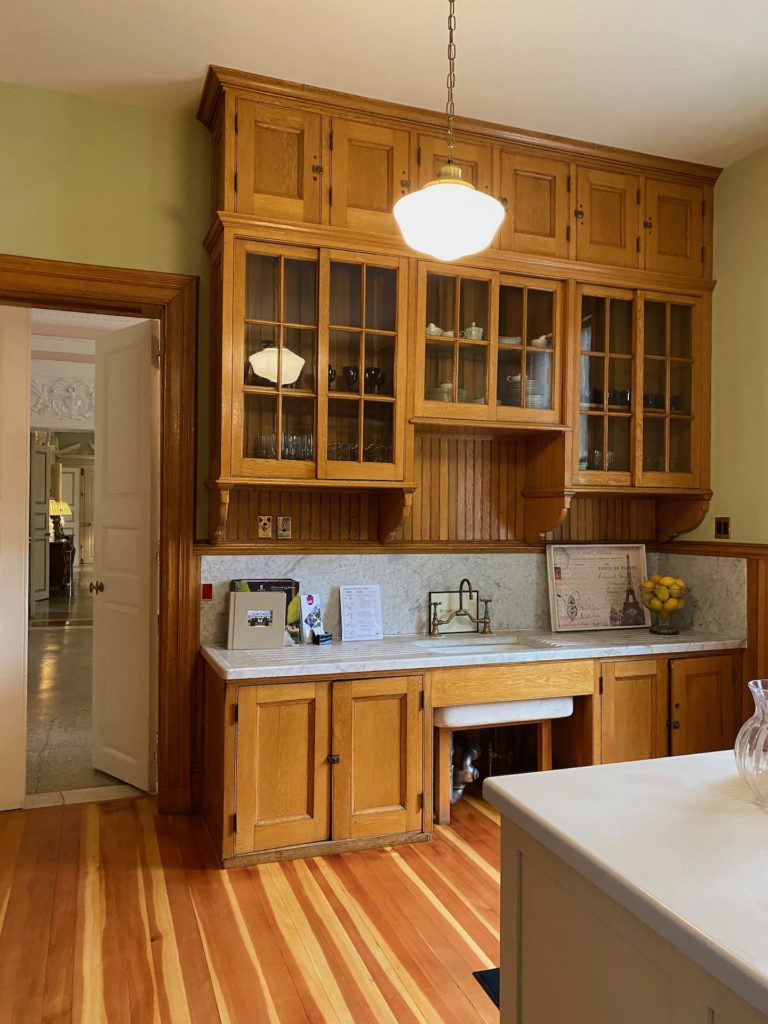
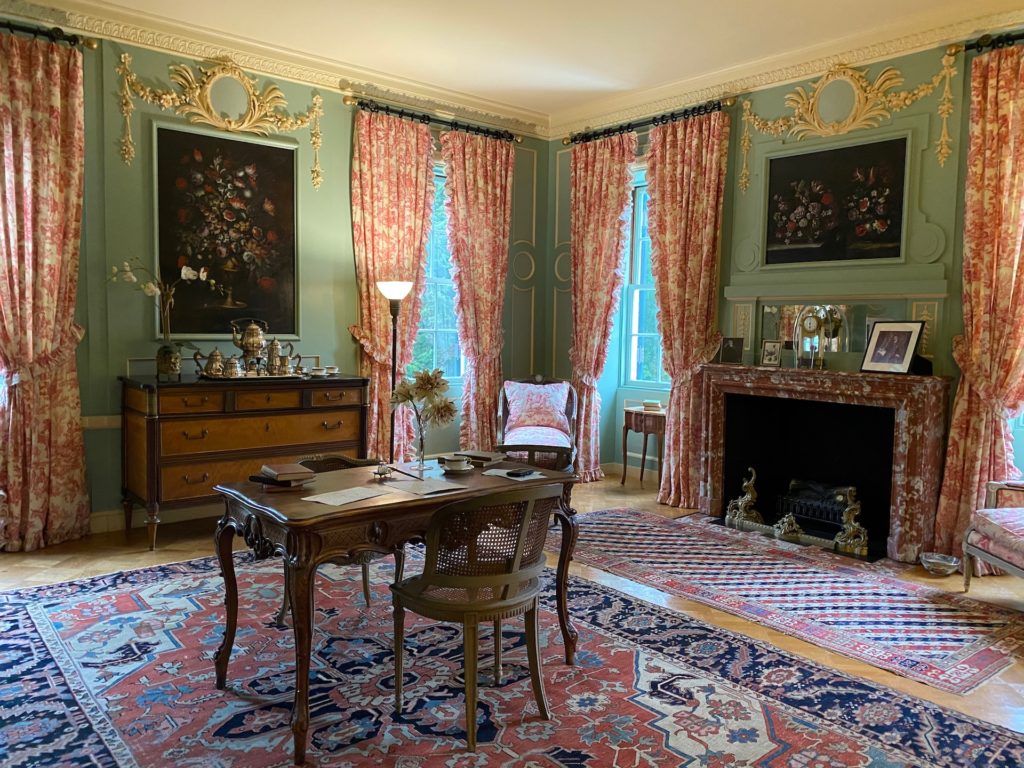


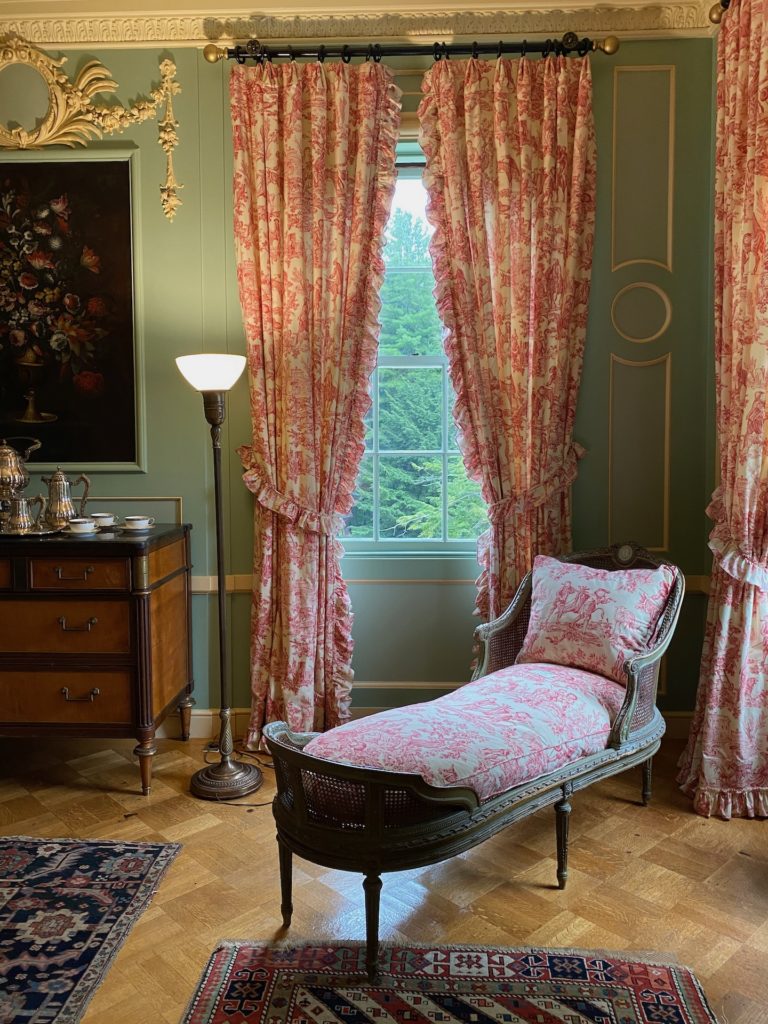

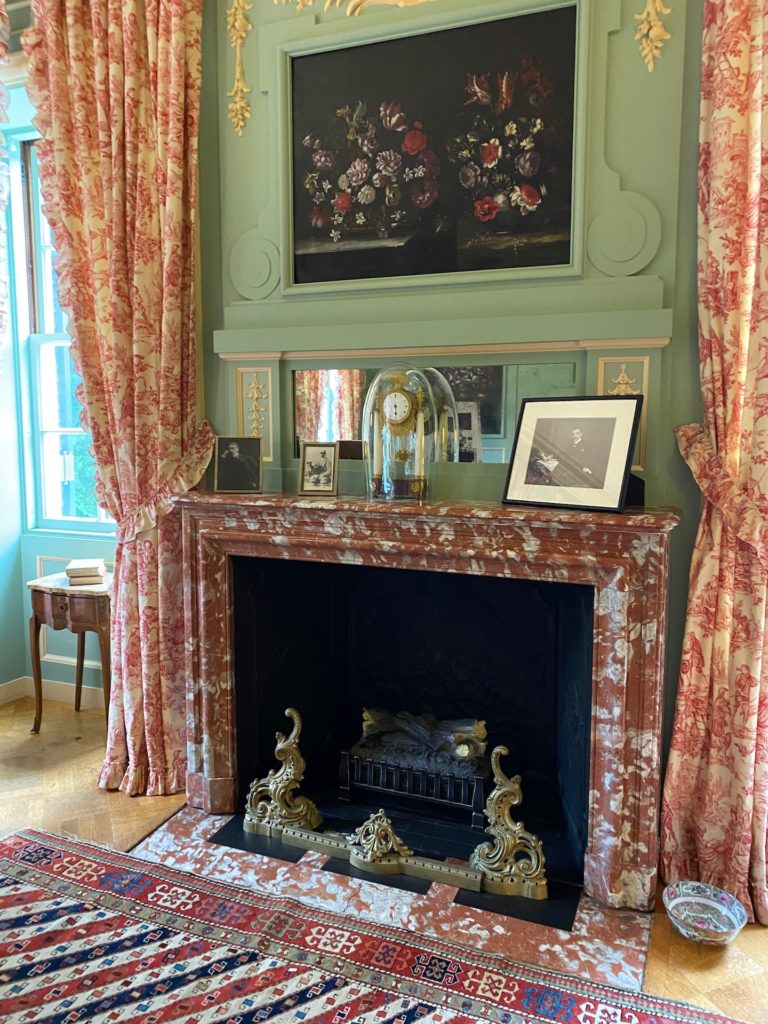

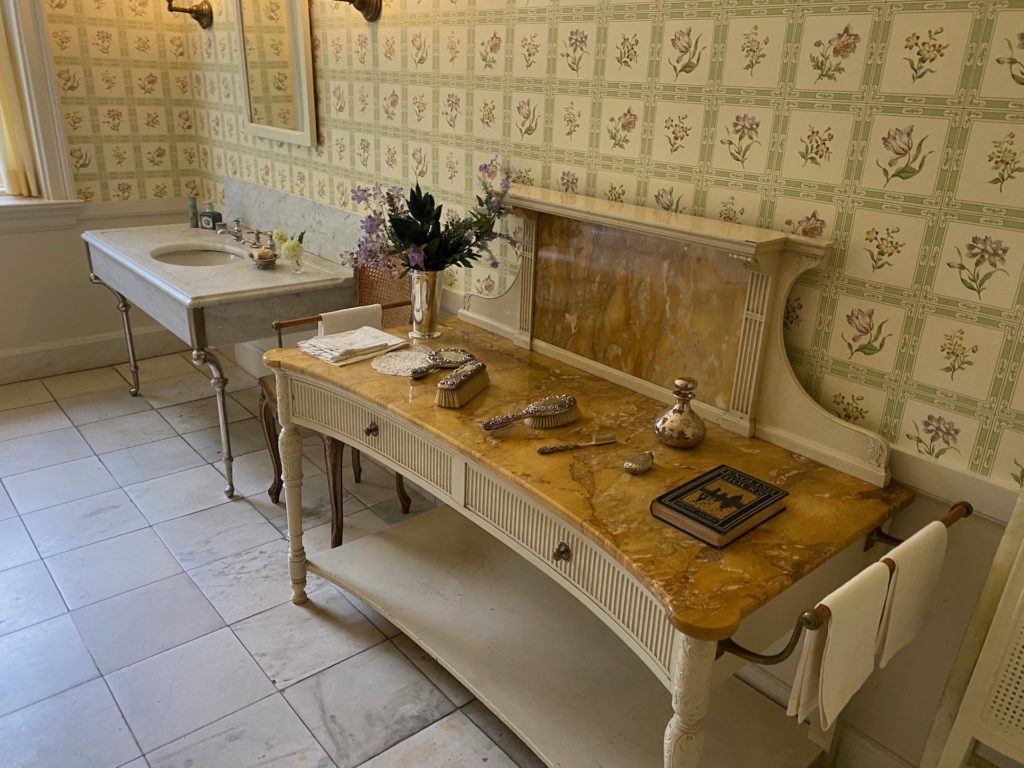

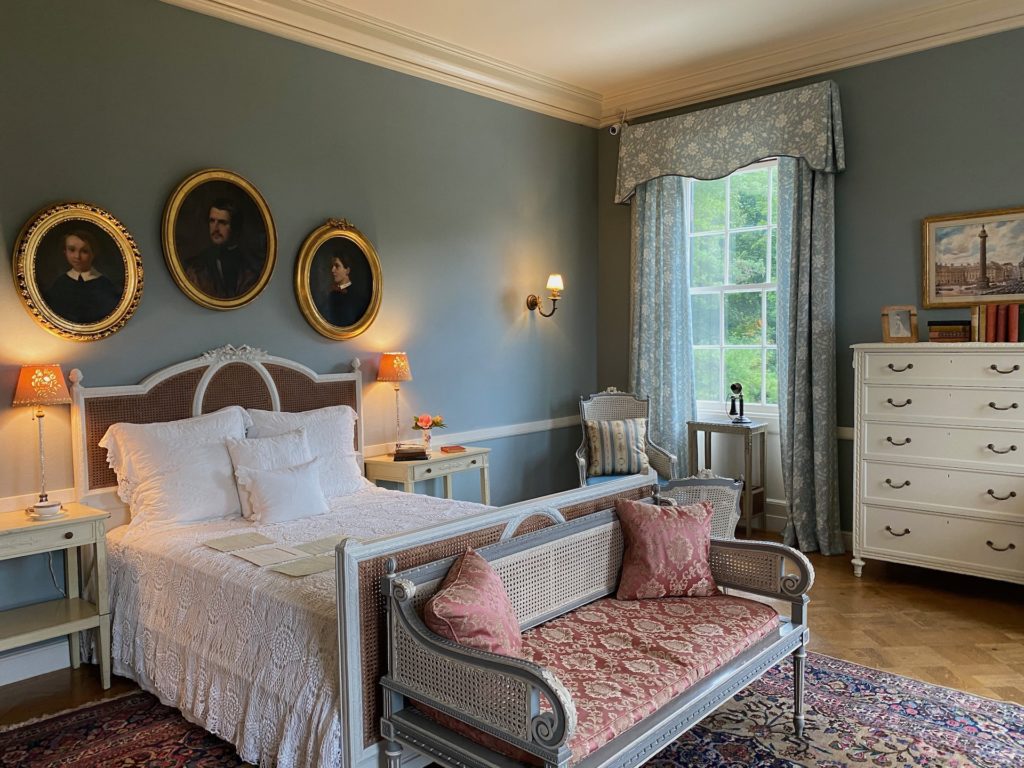
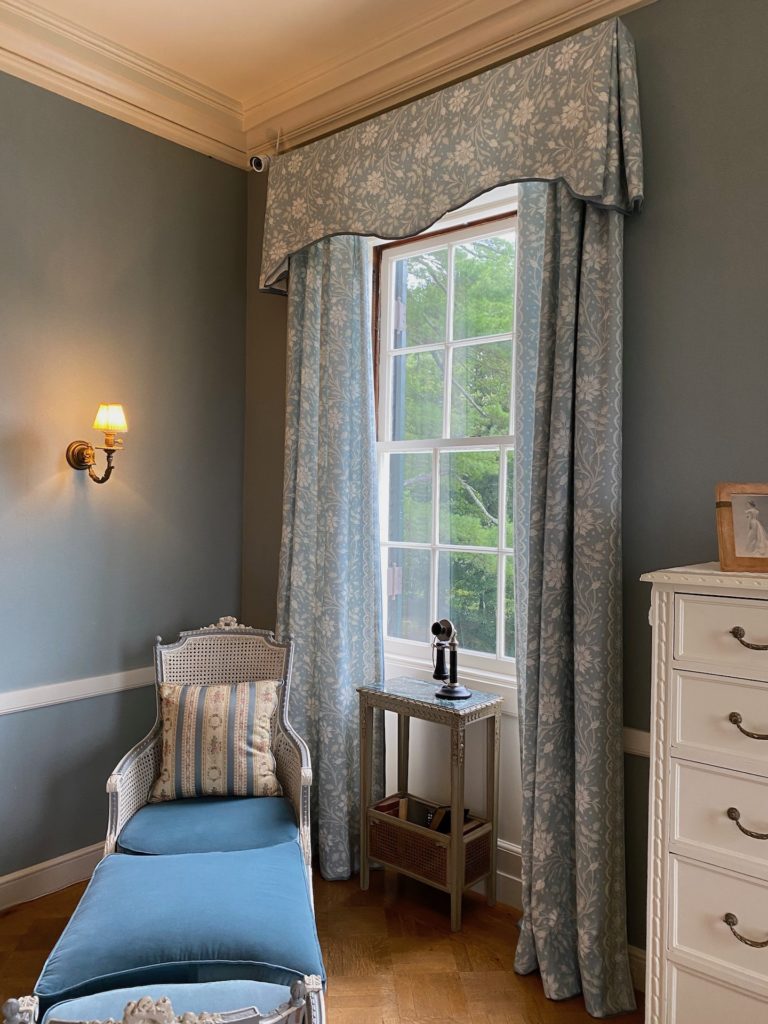
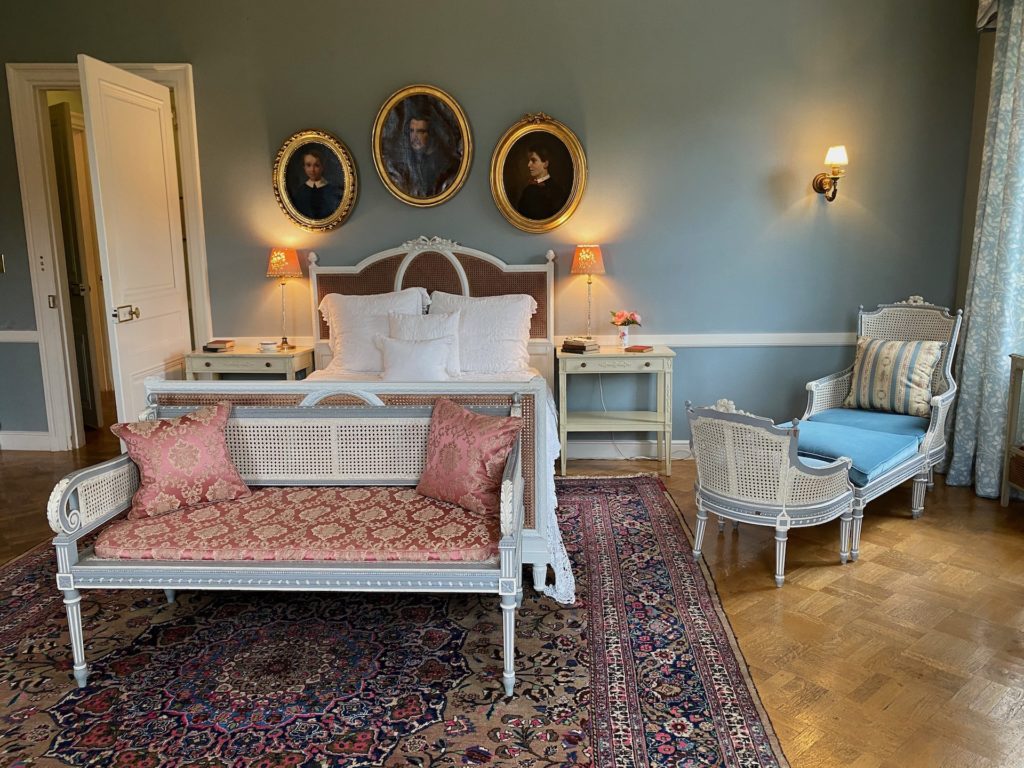

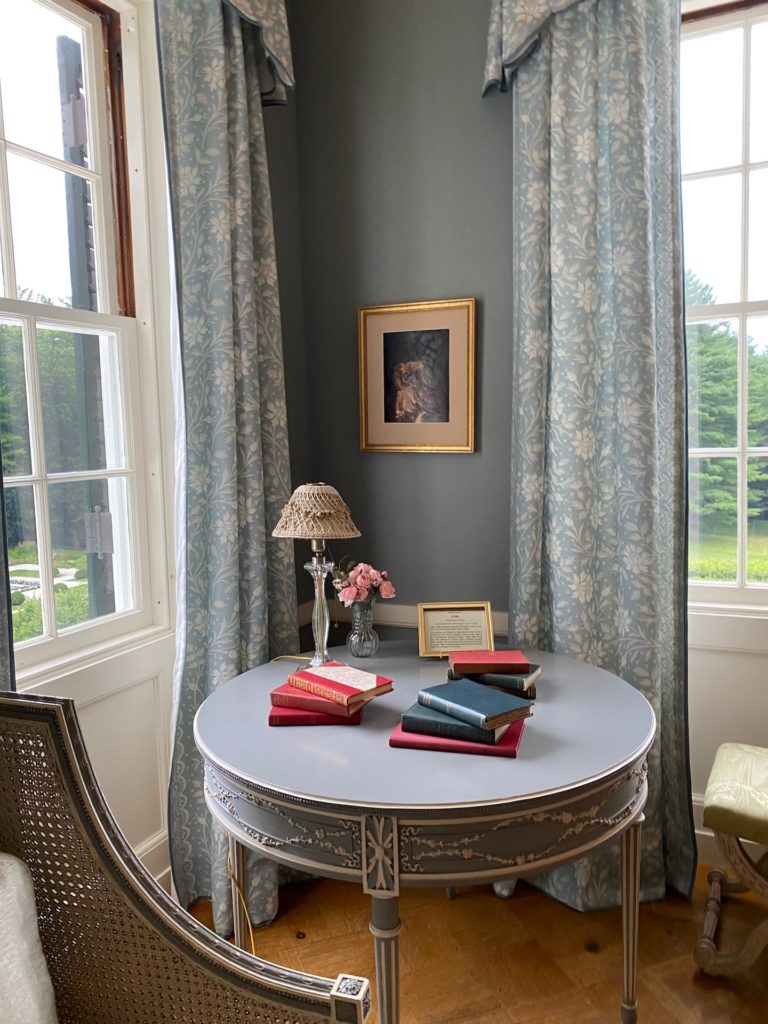

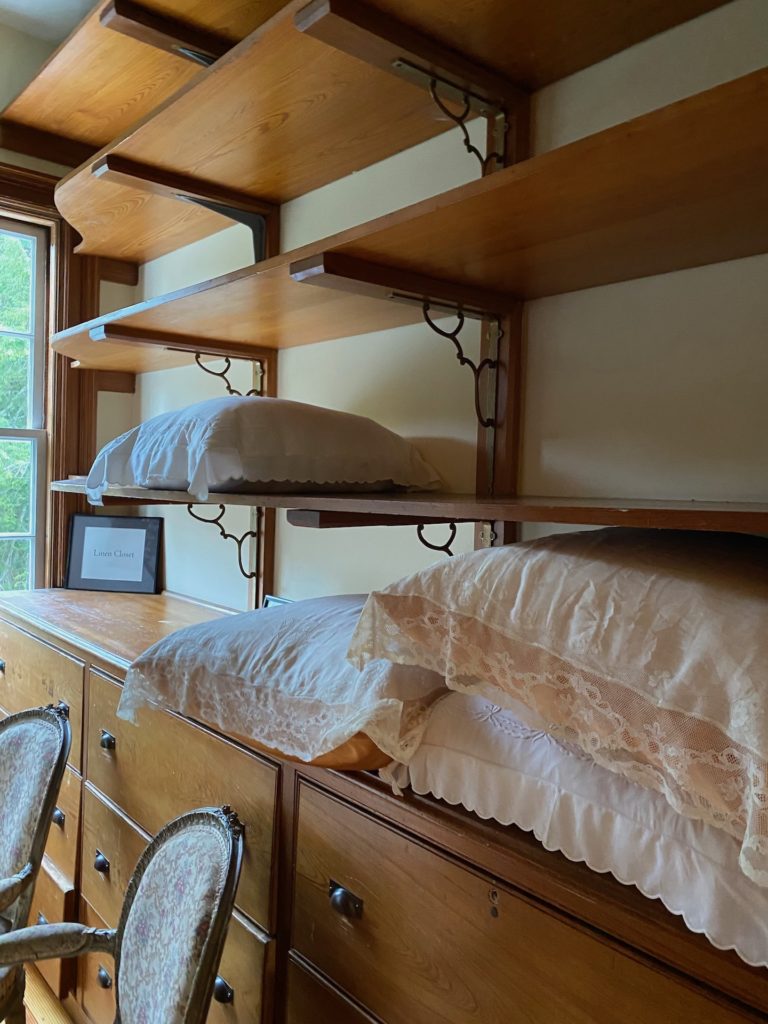
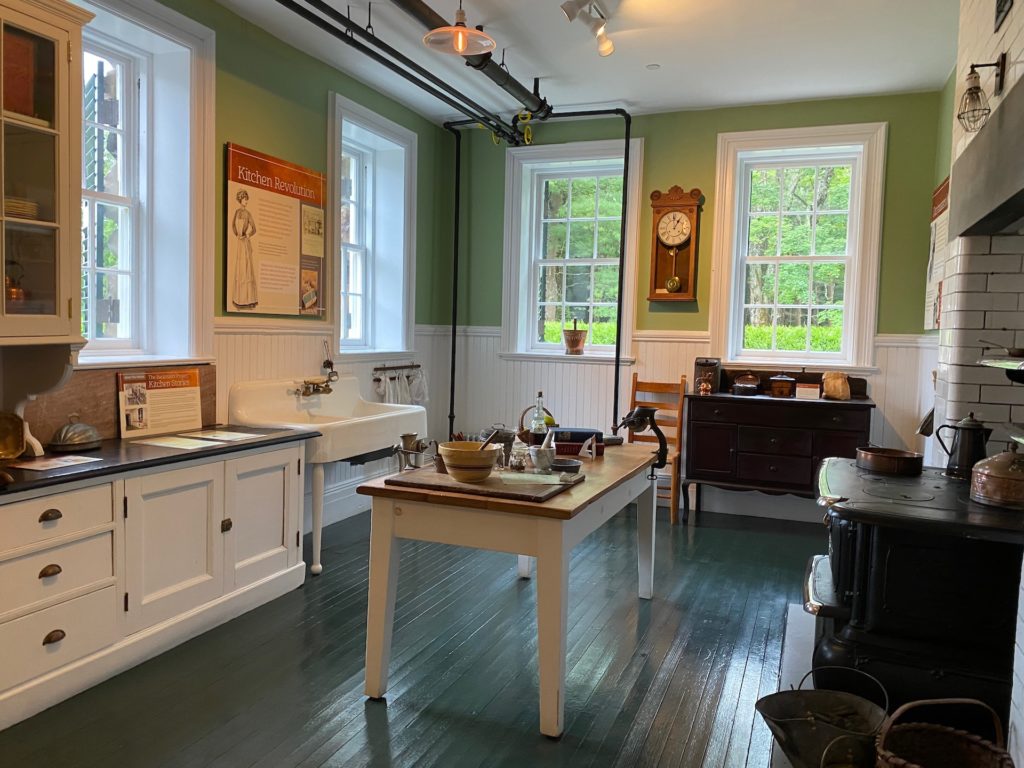
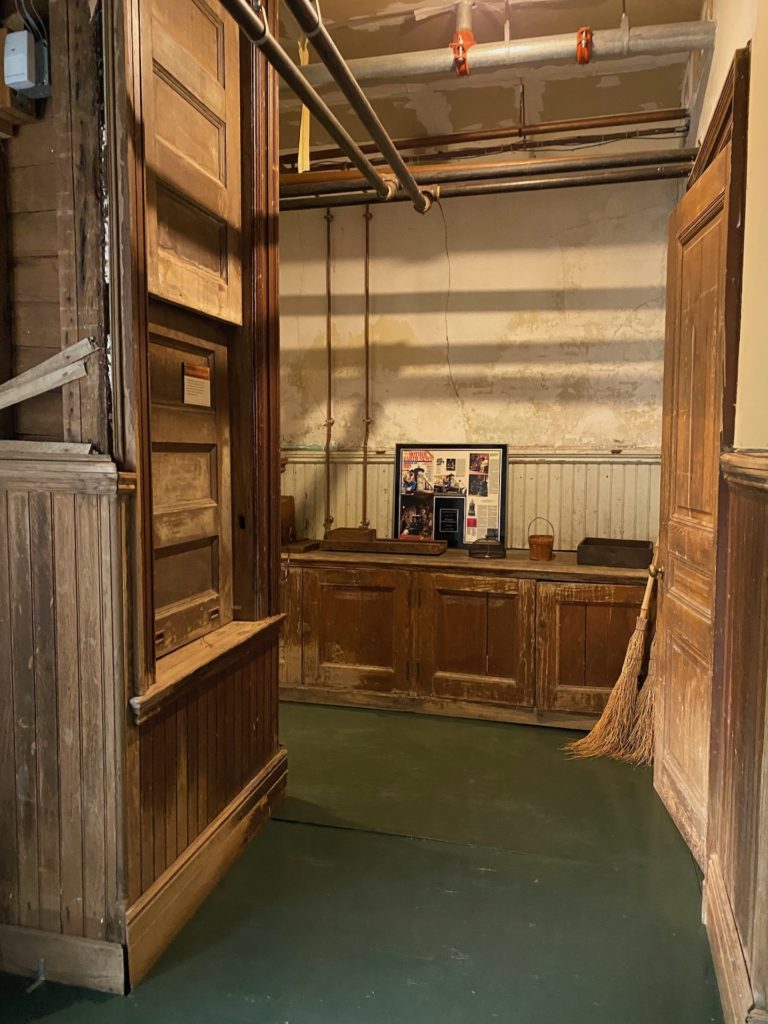
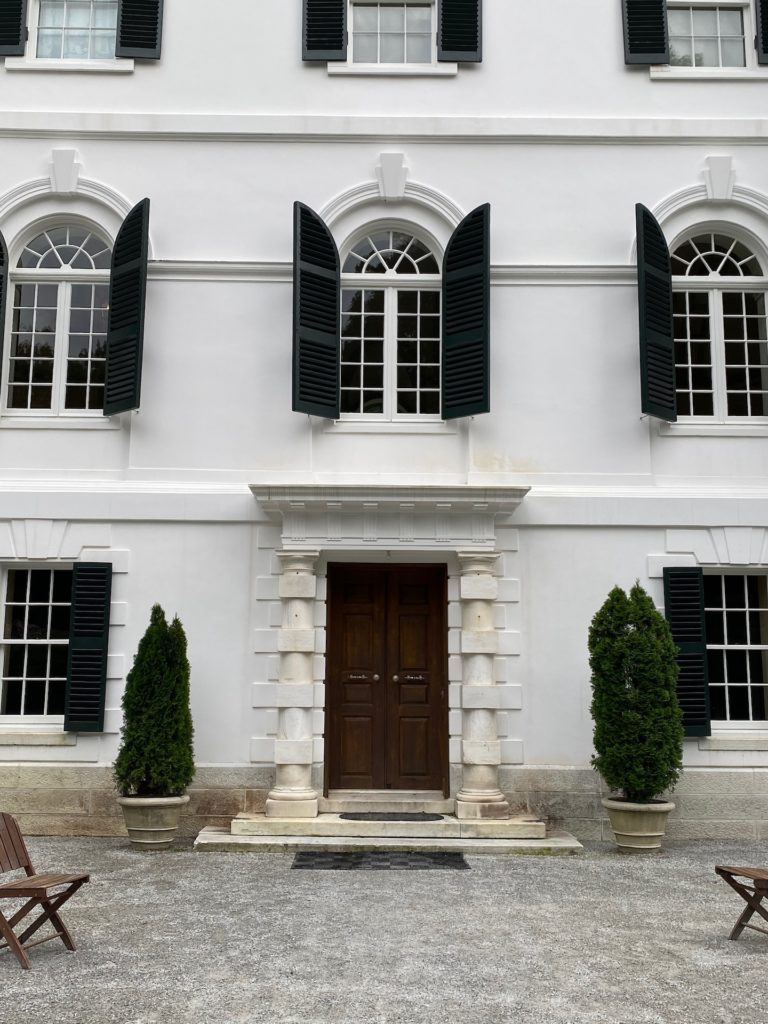
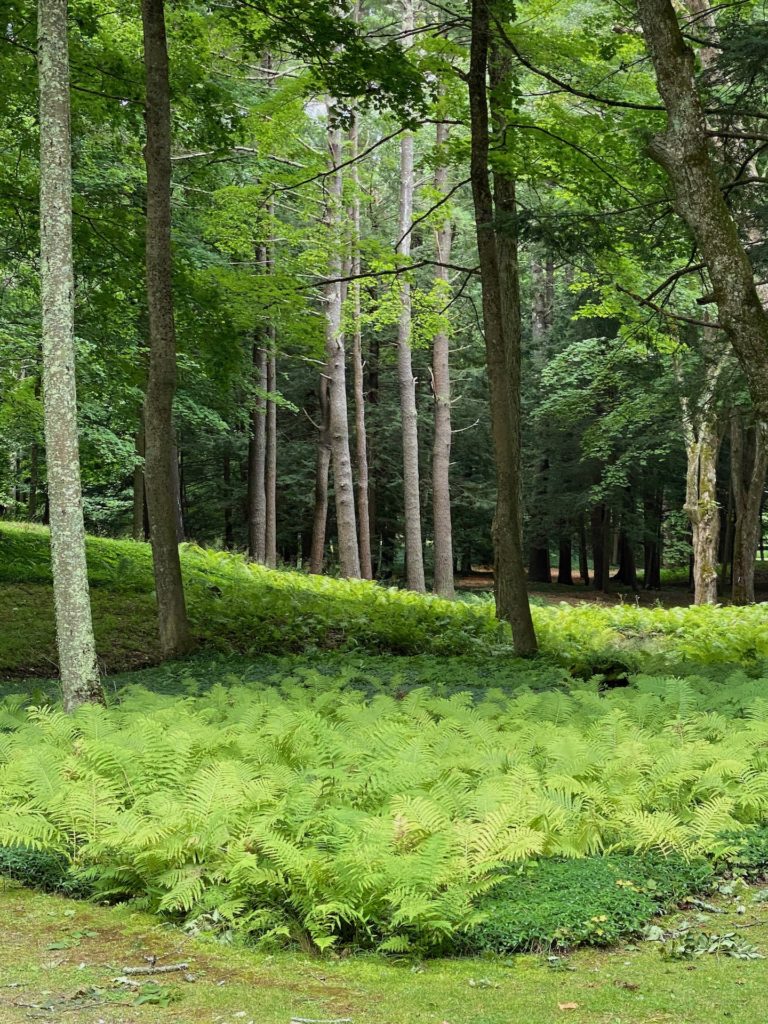
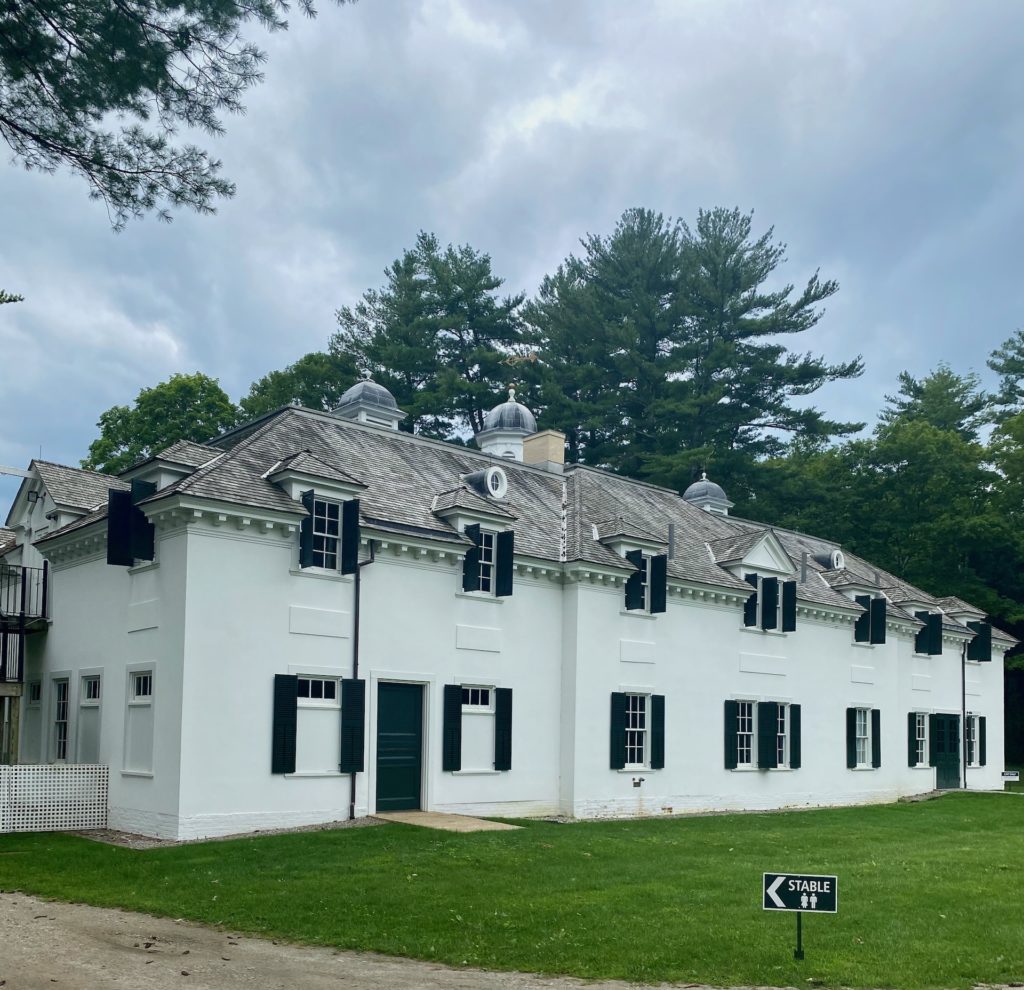
All photos by Heather Clawson for Habitually Chic.
